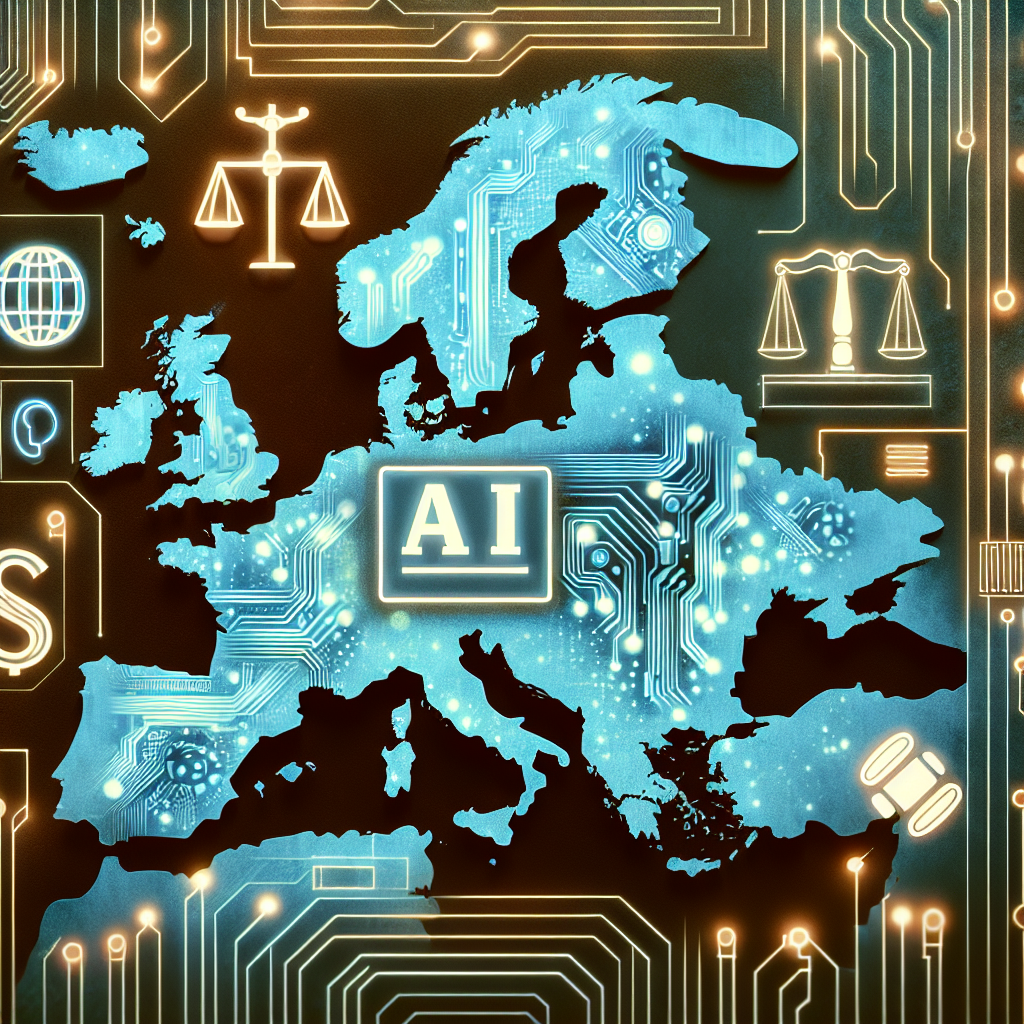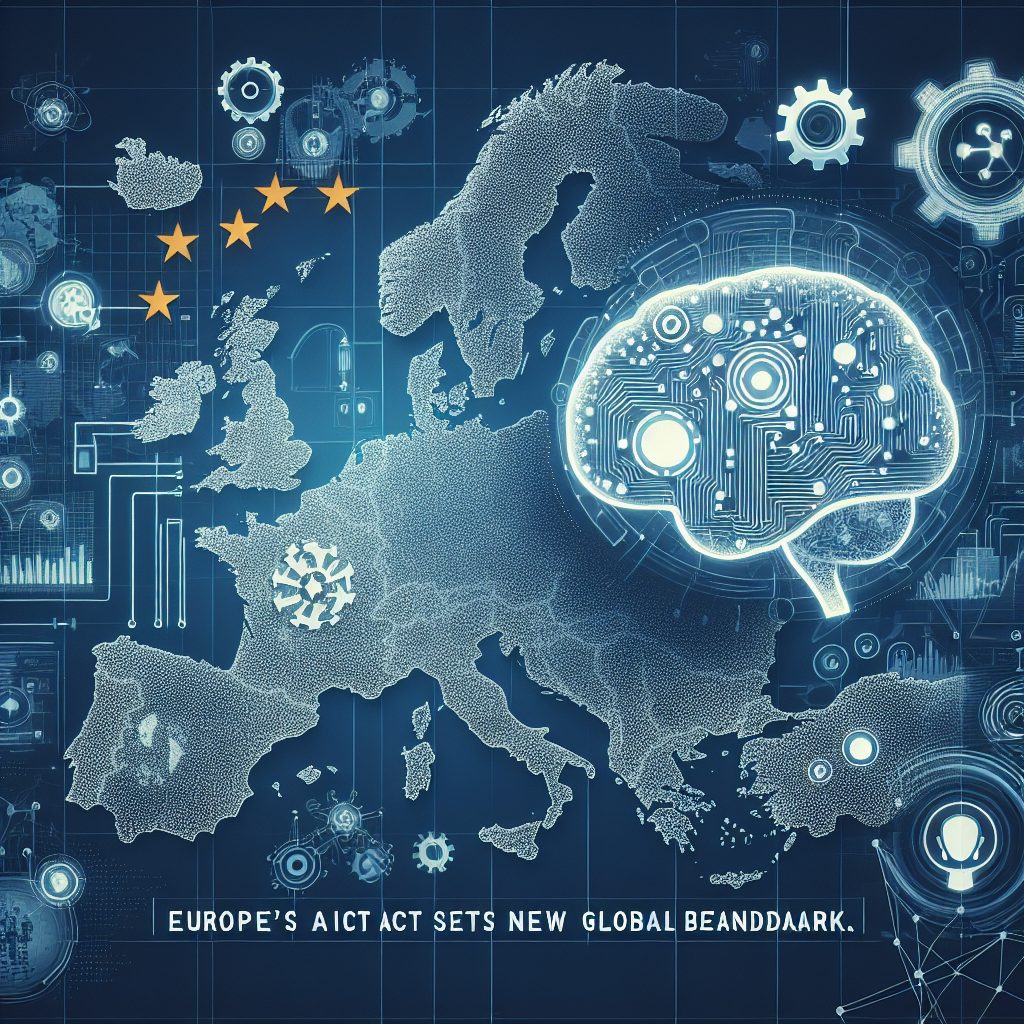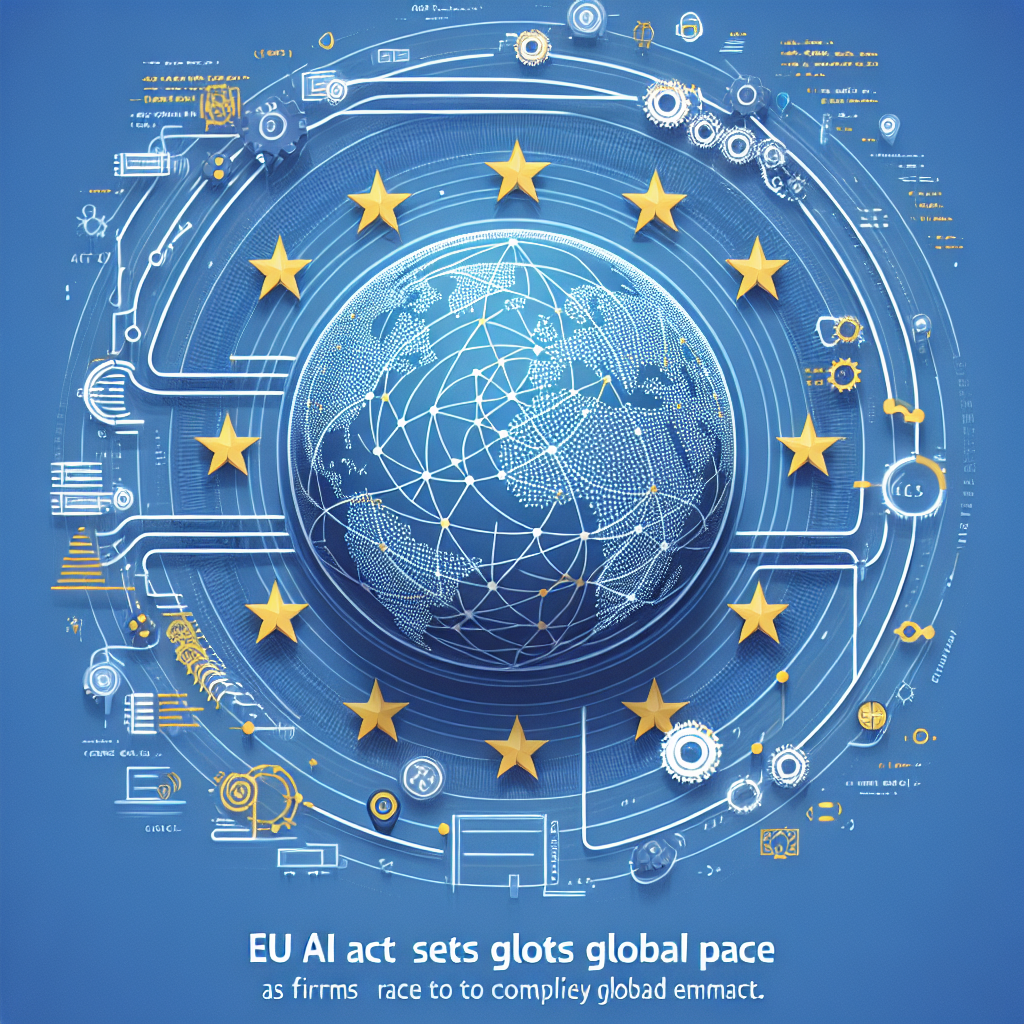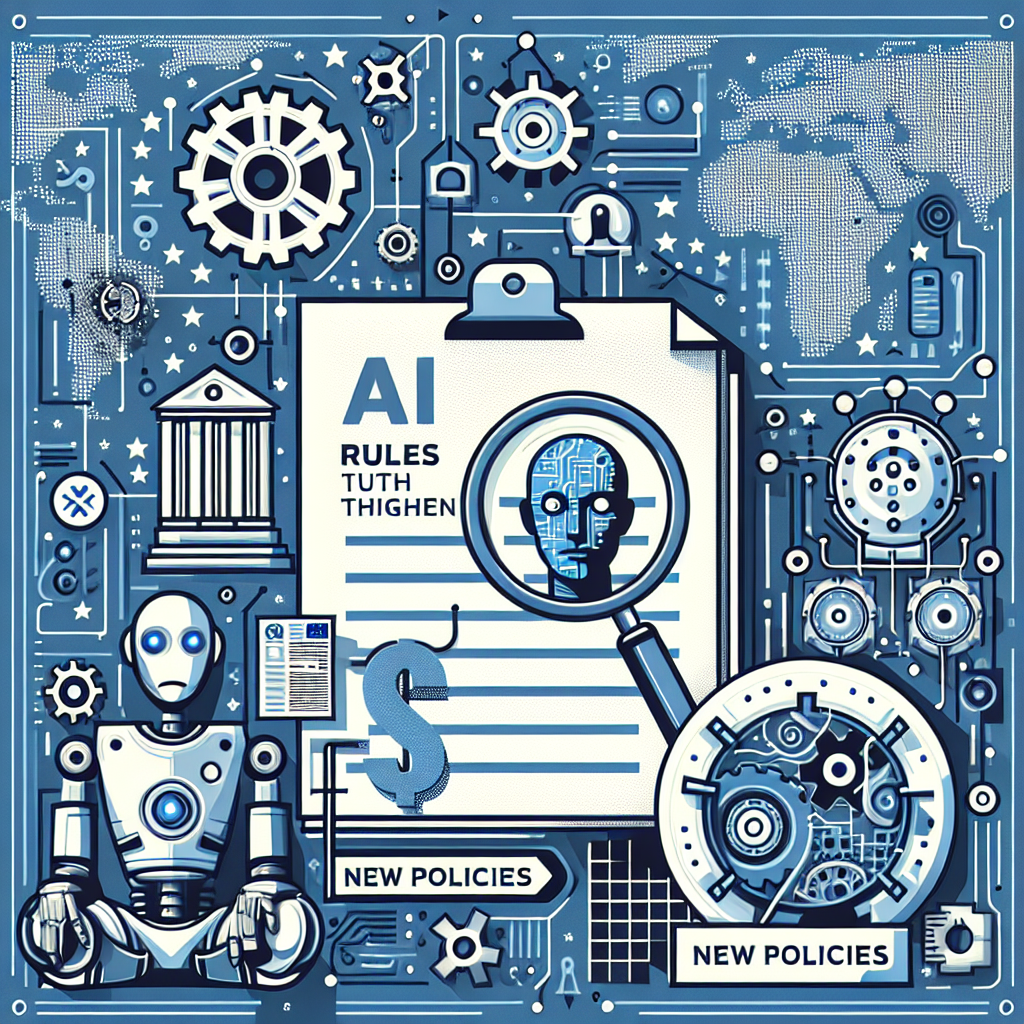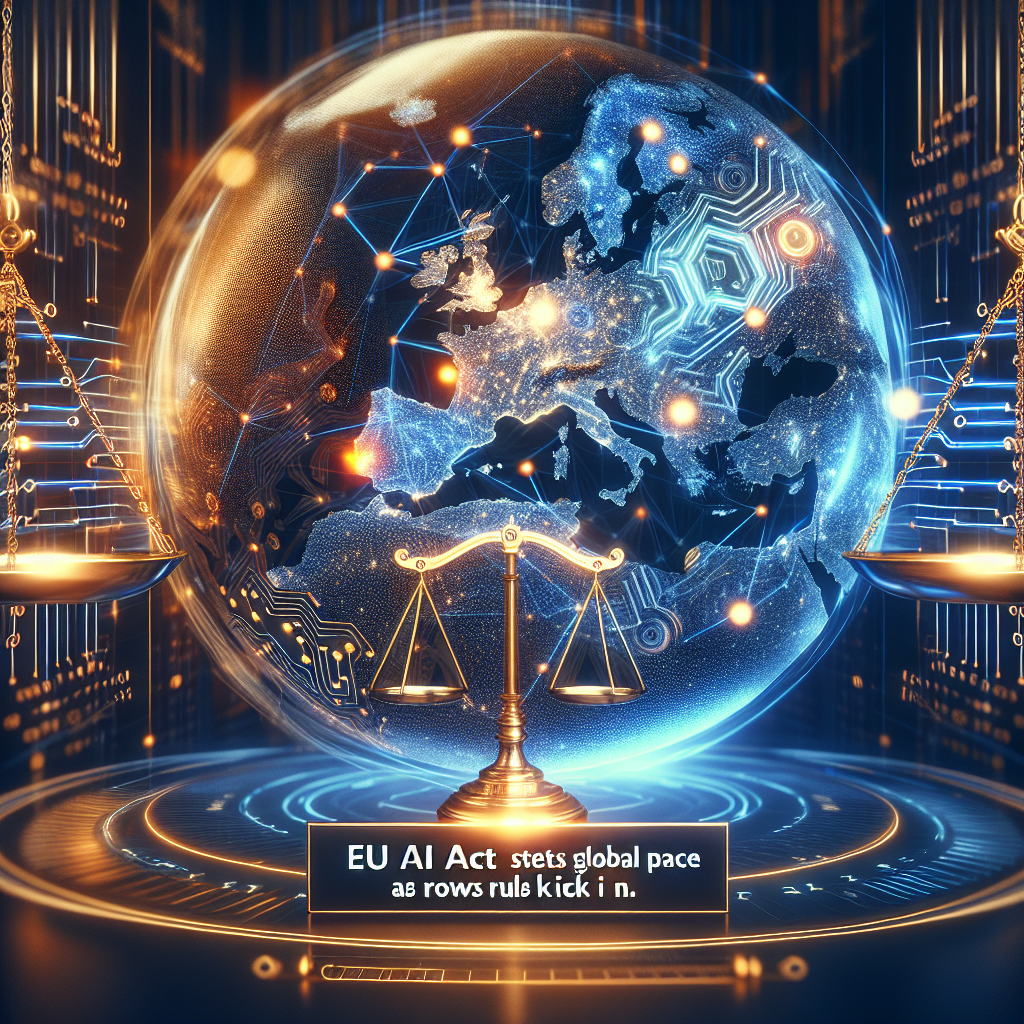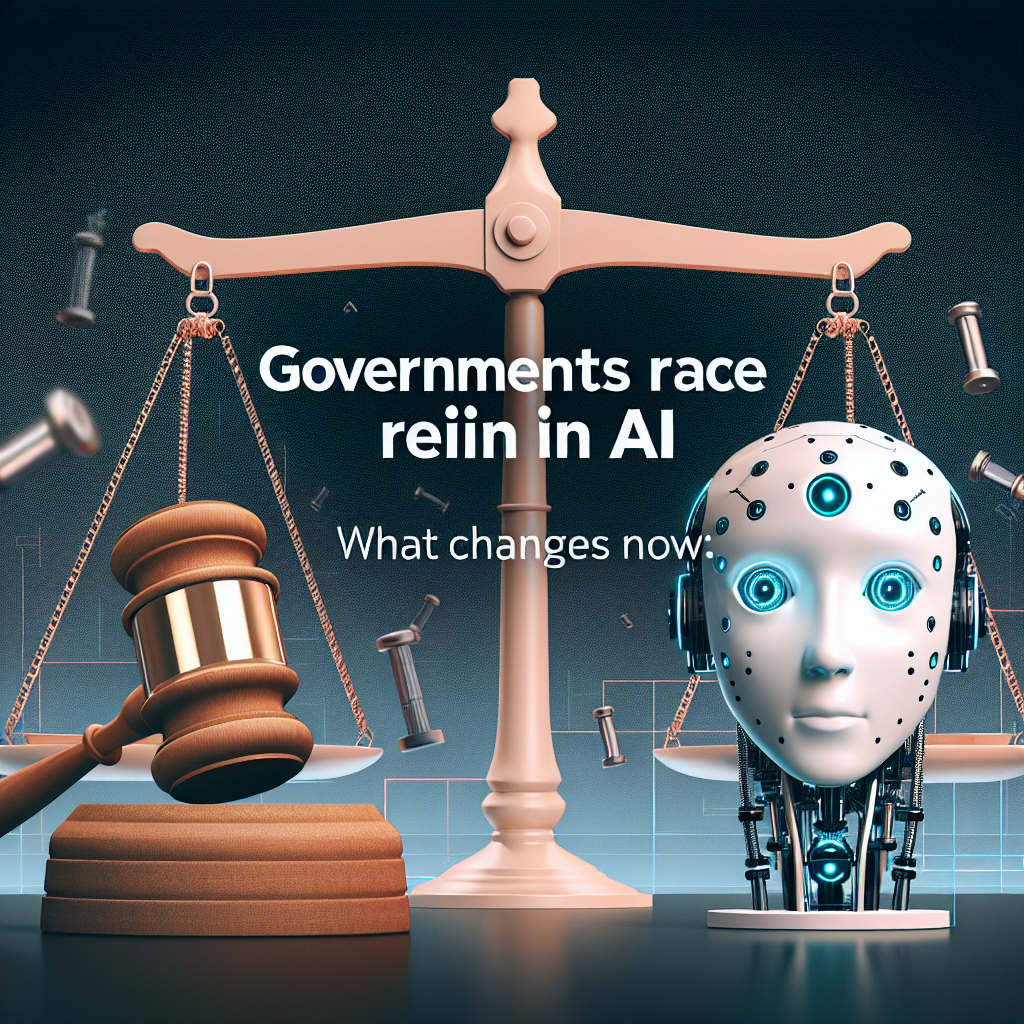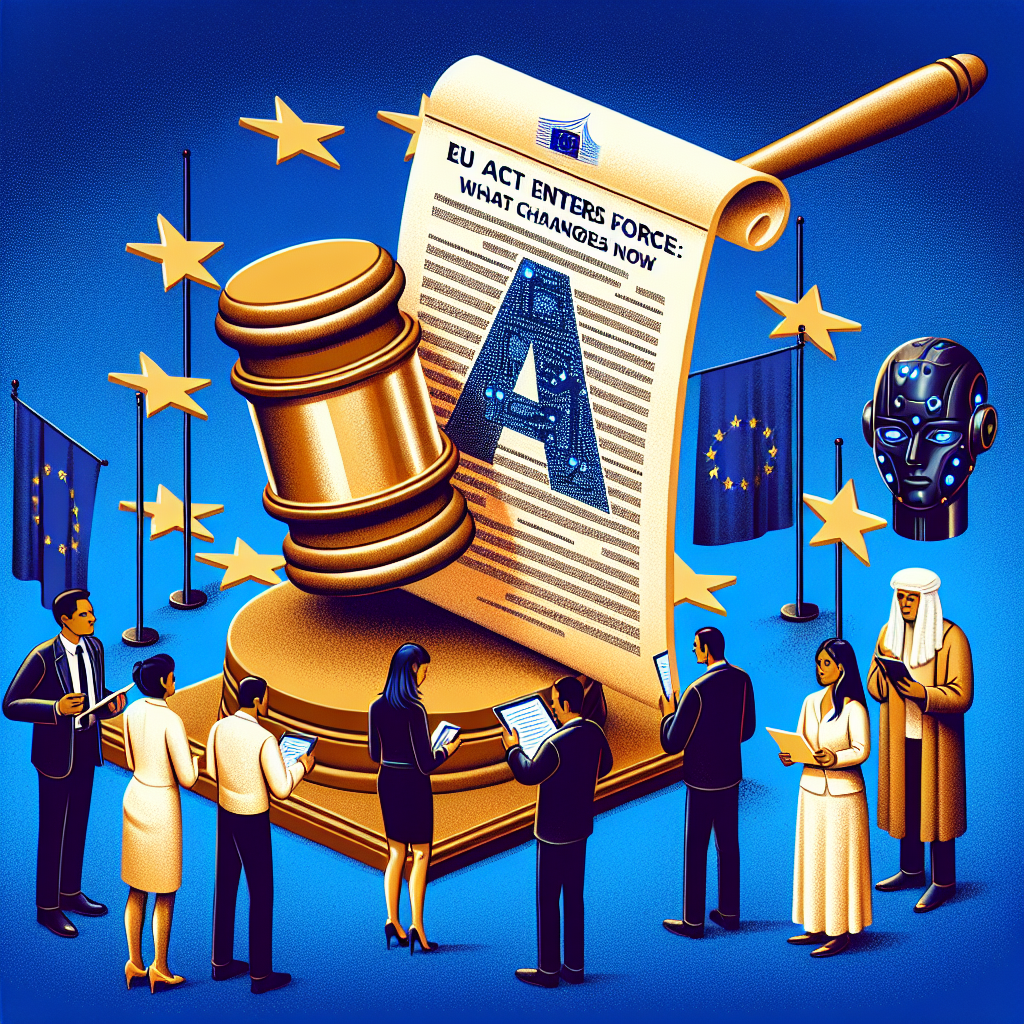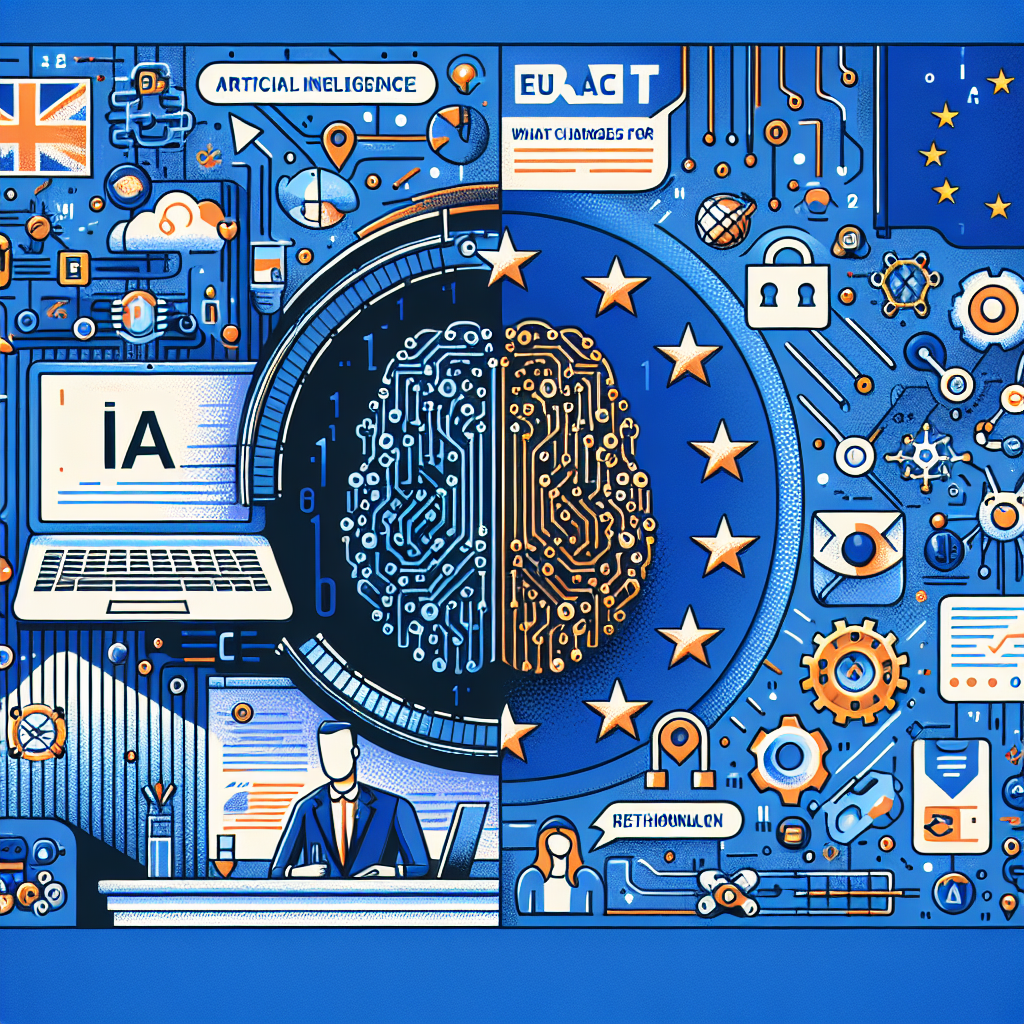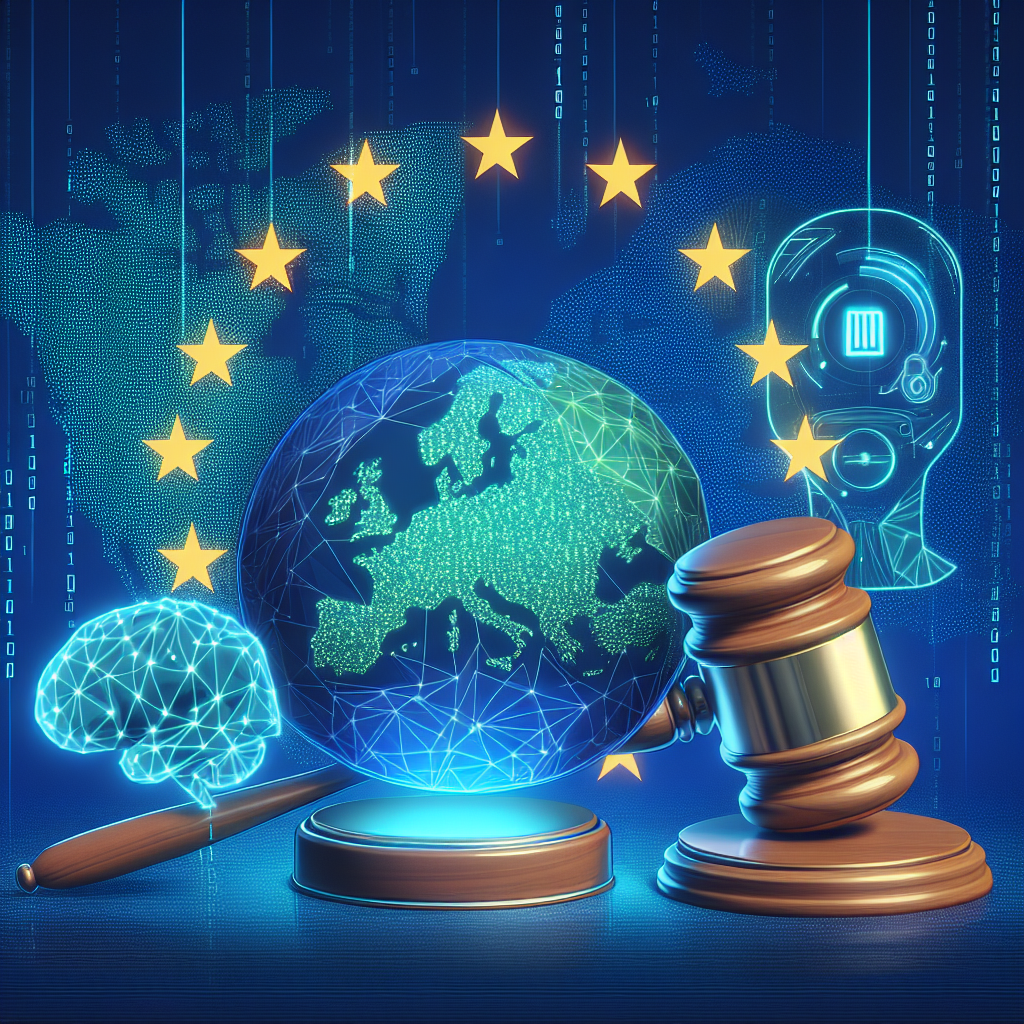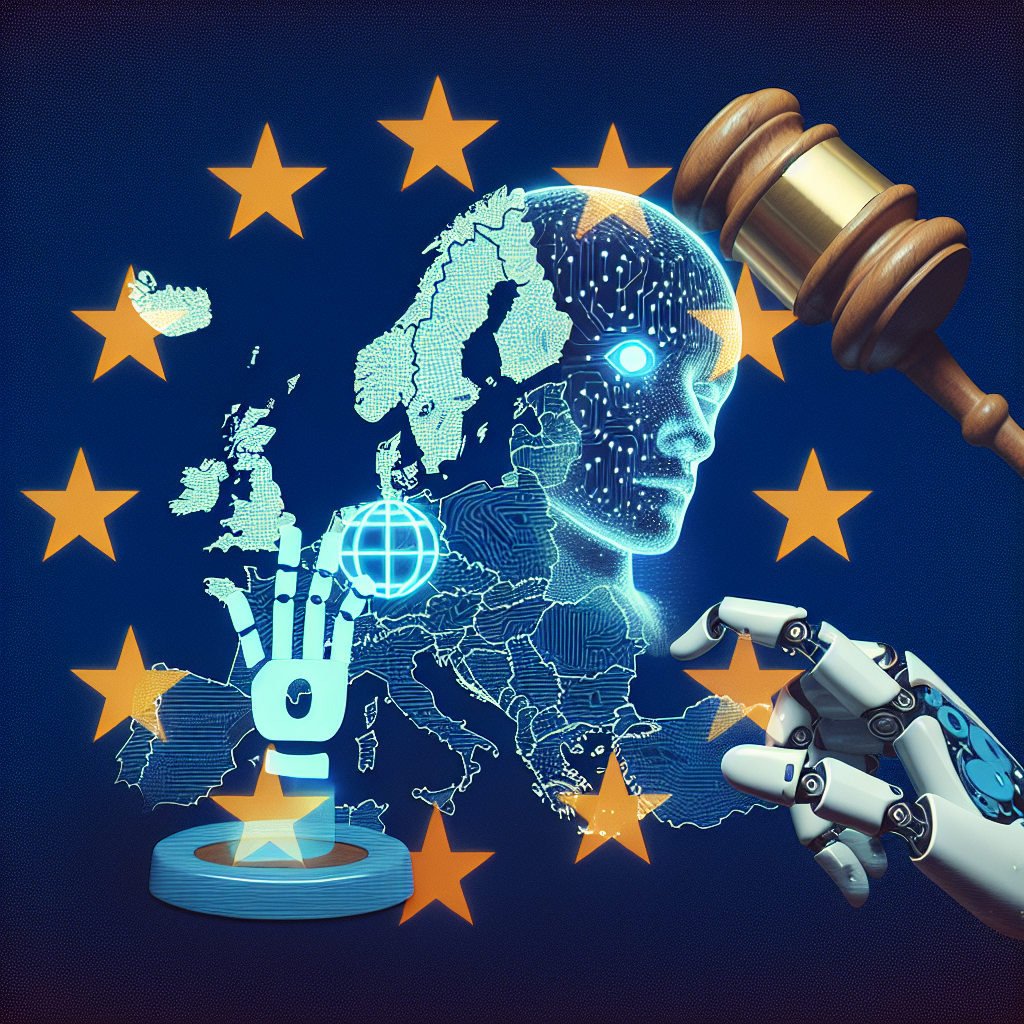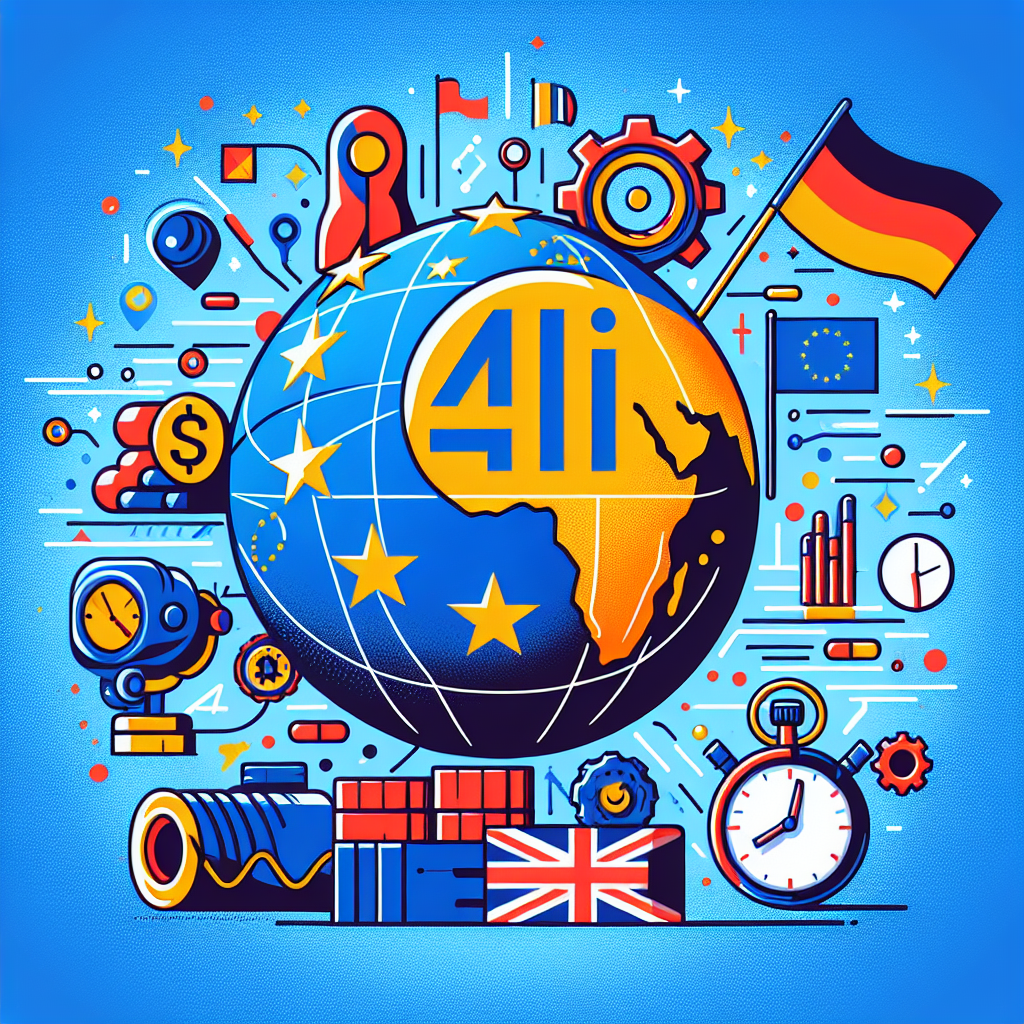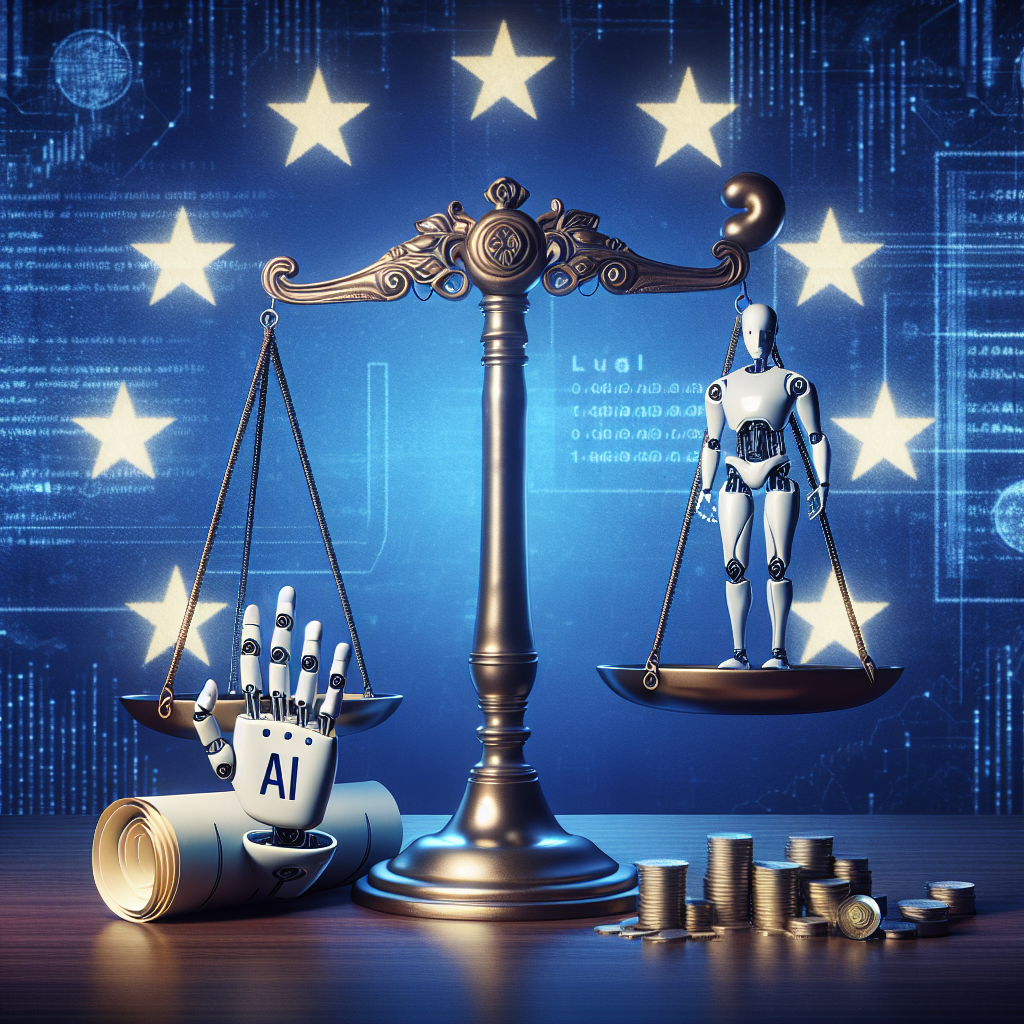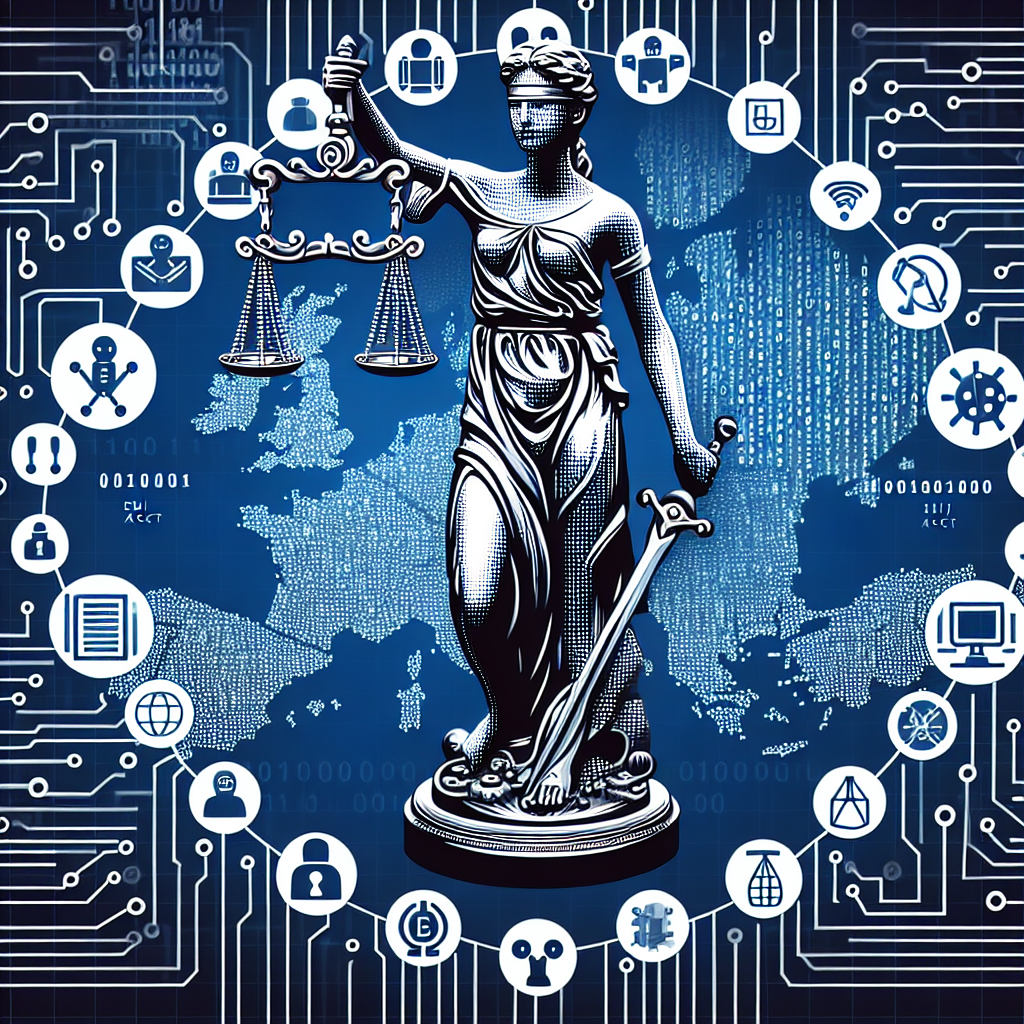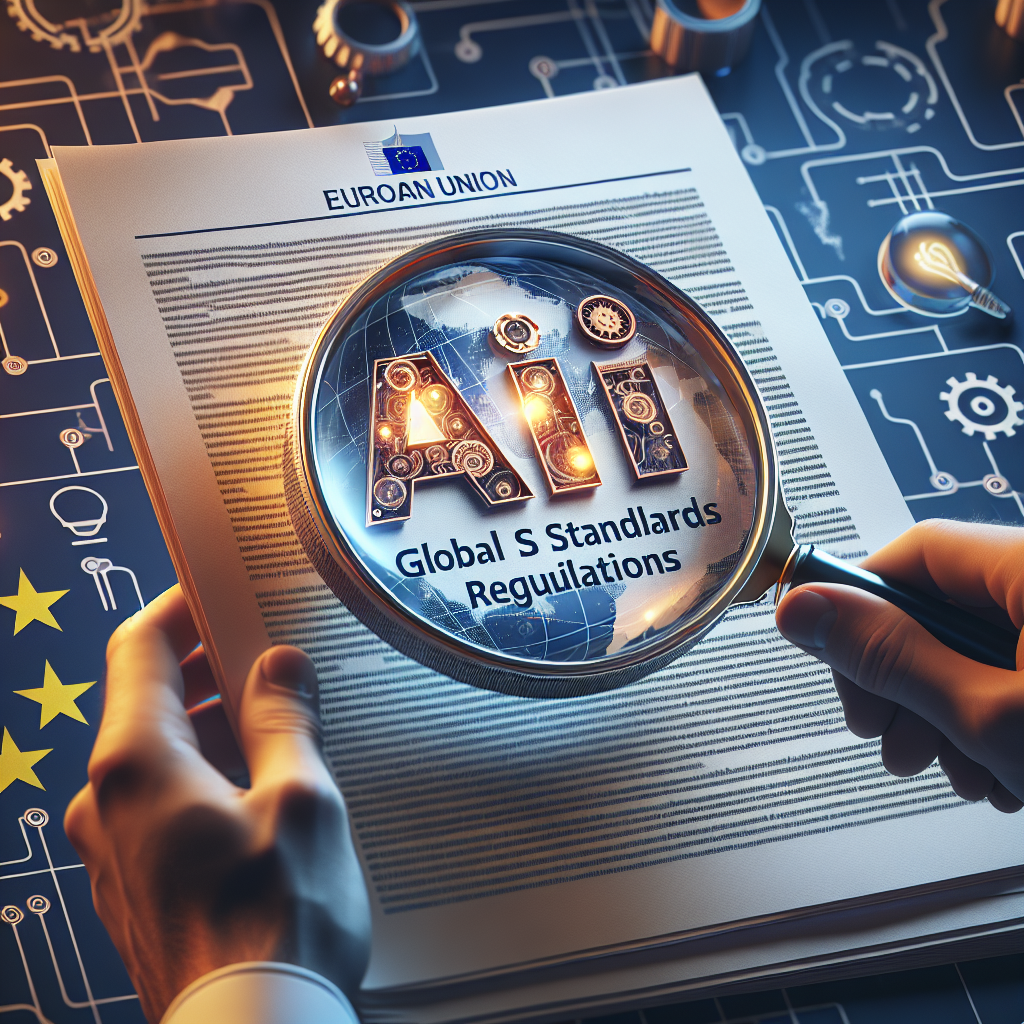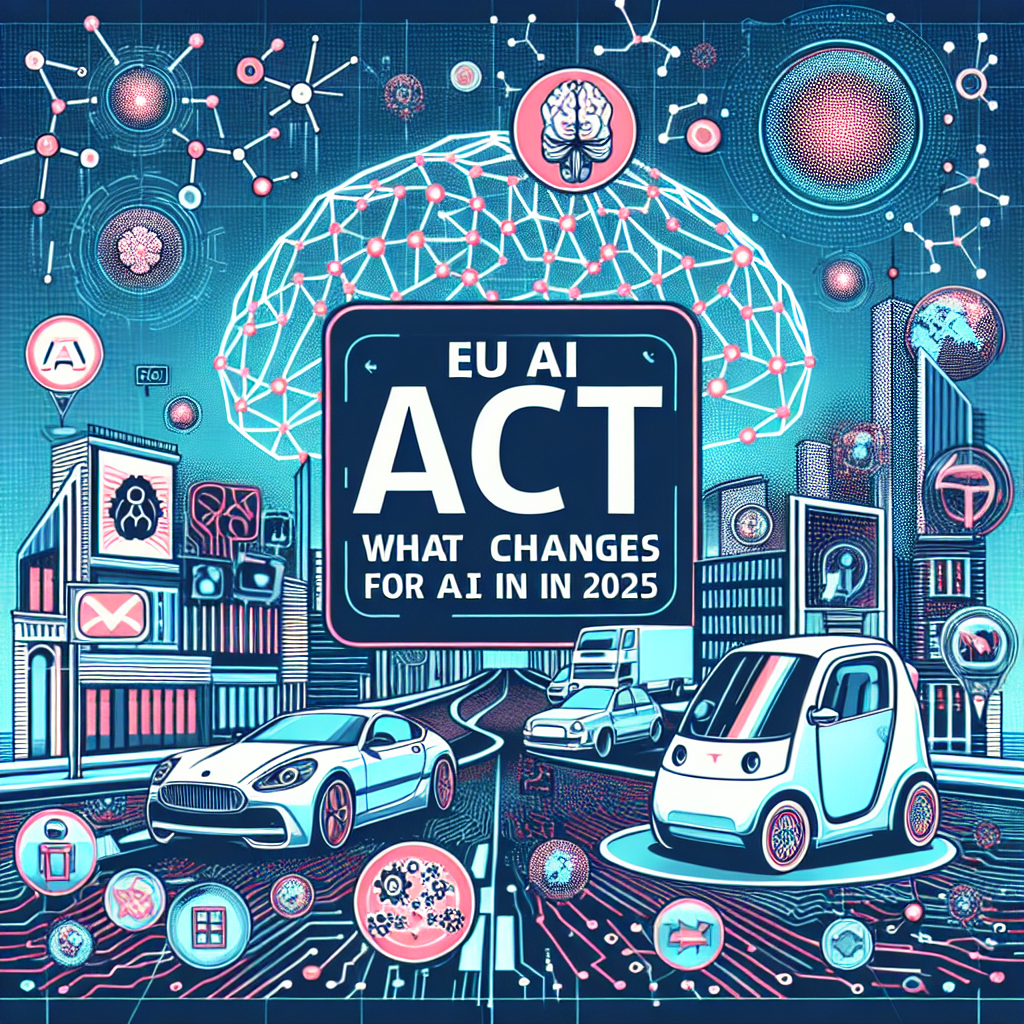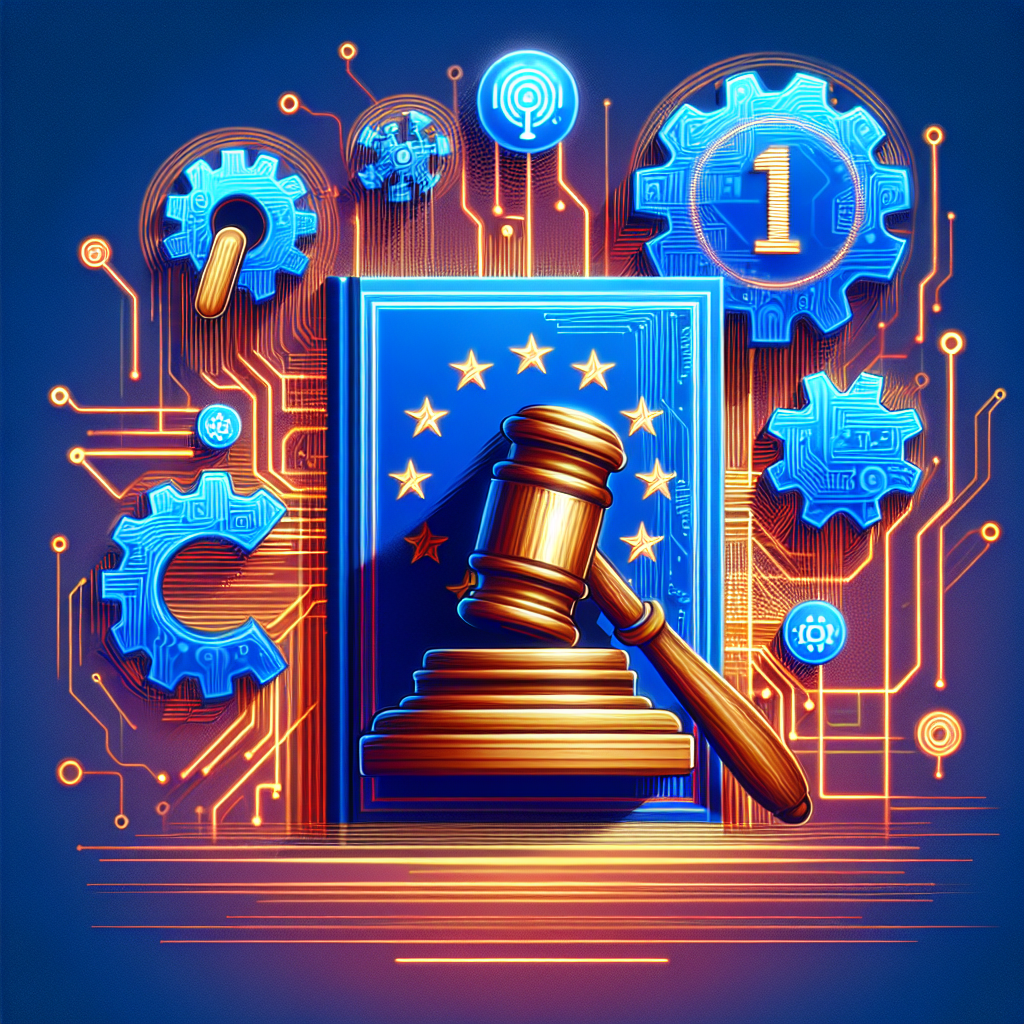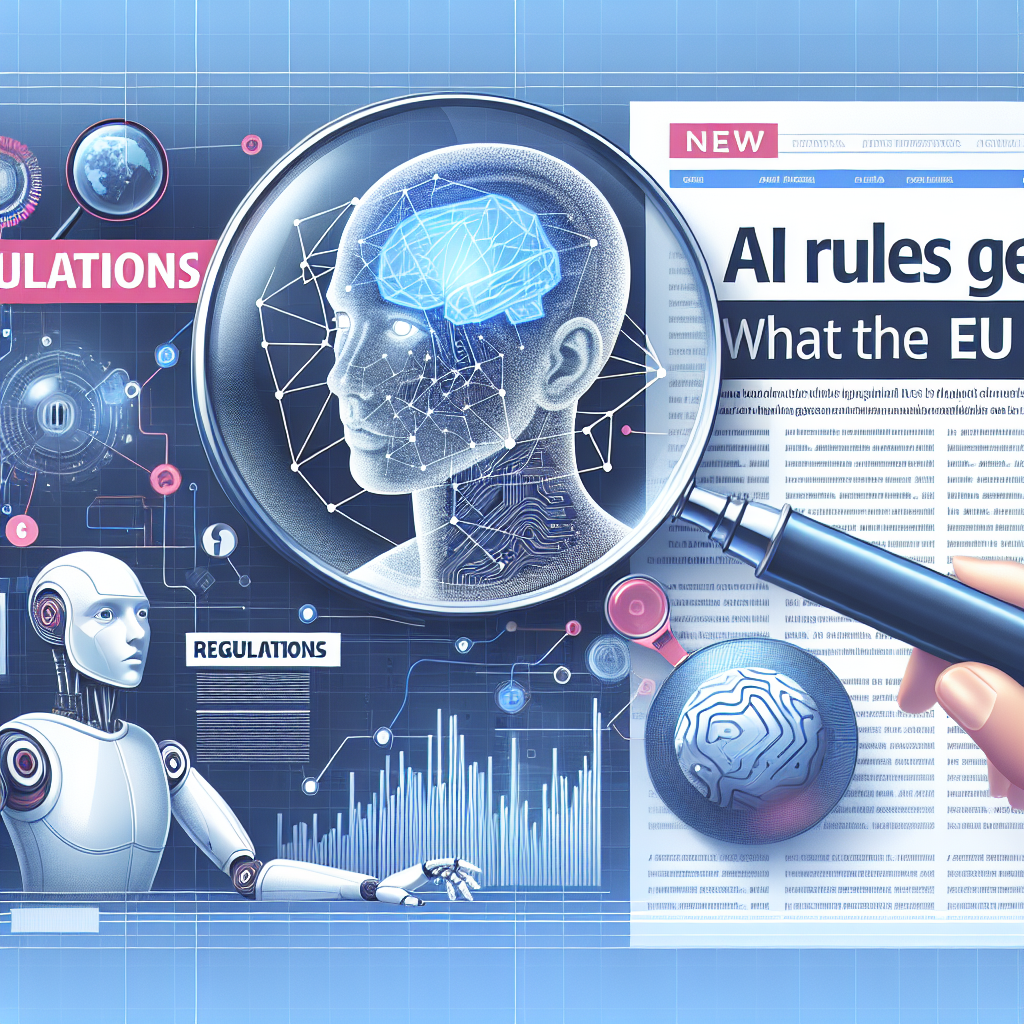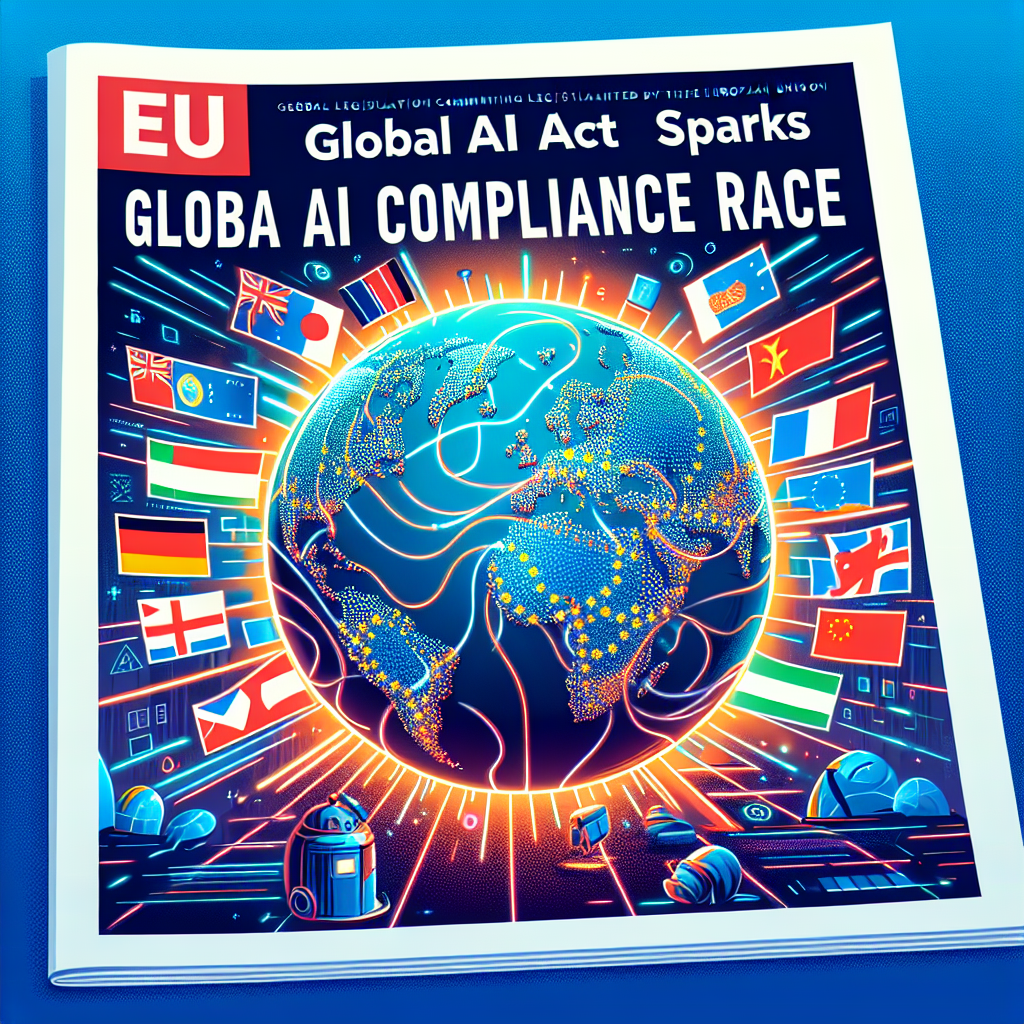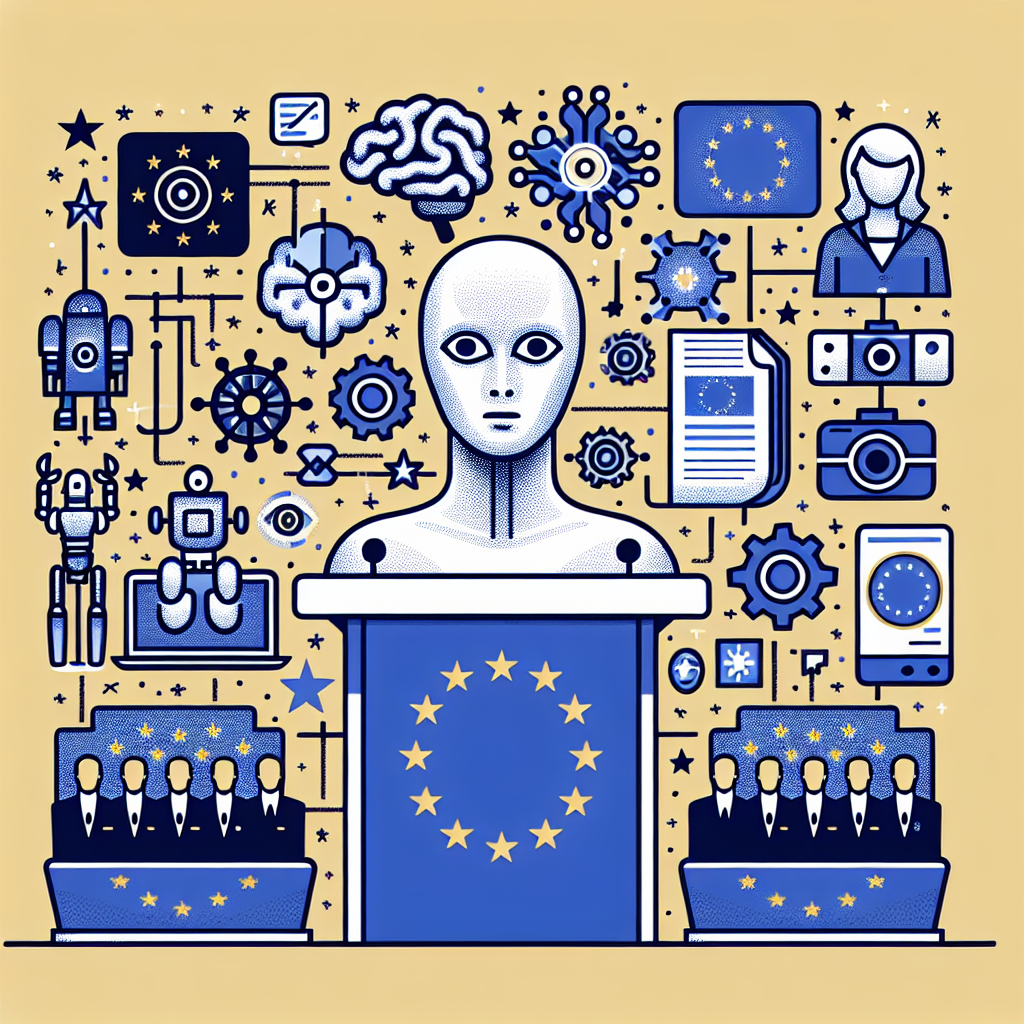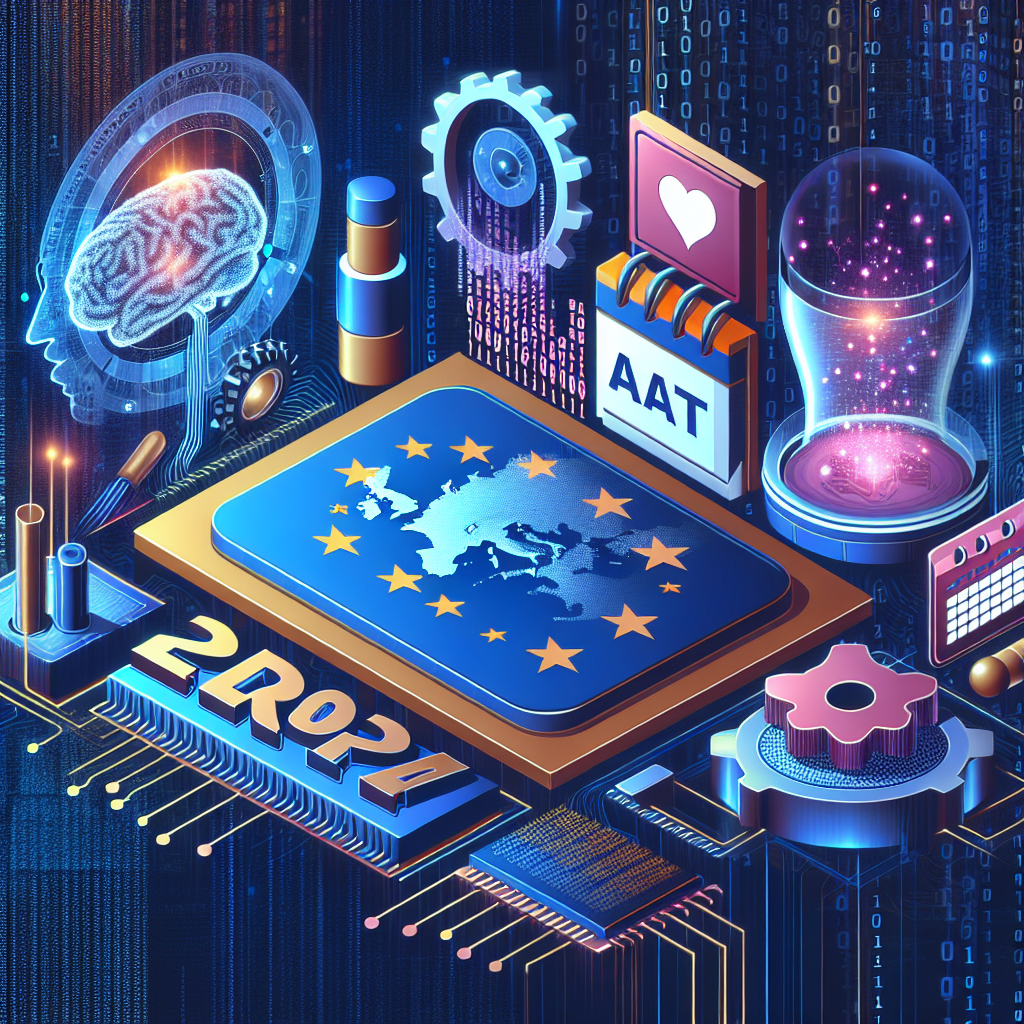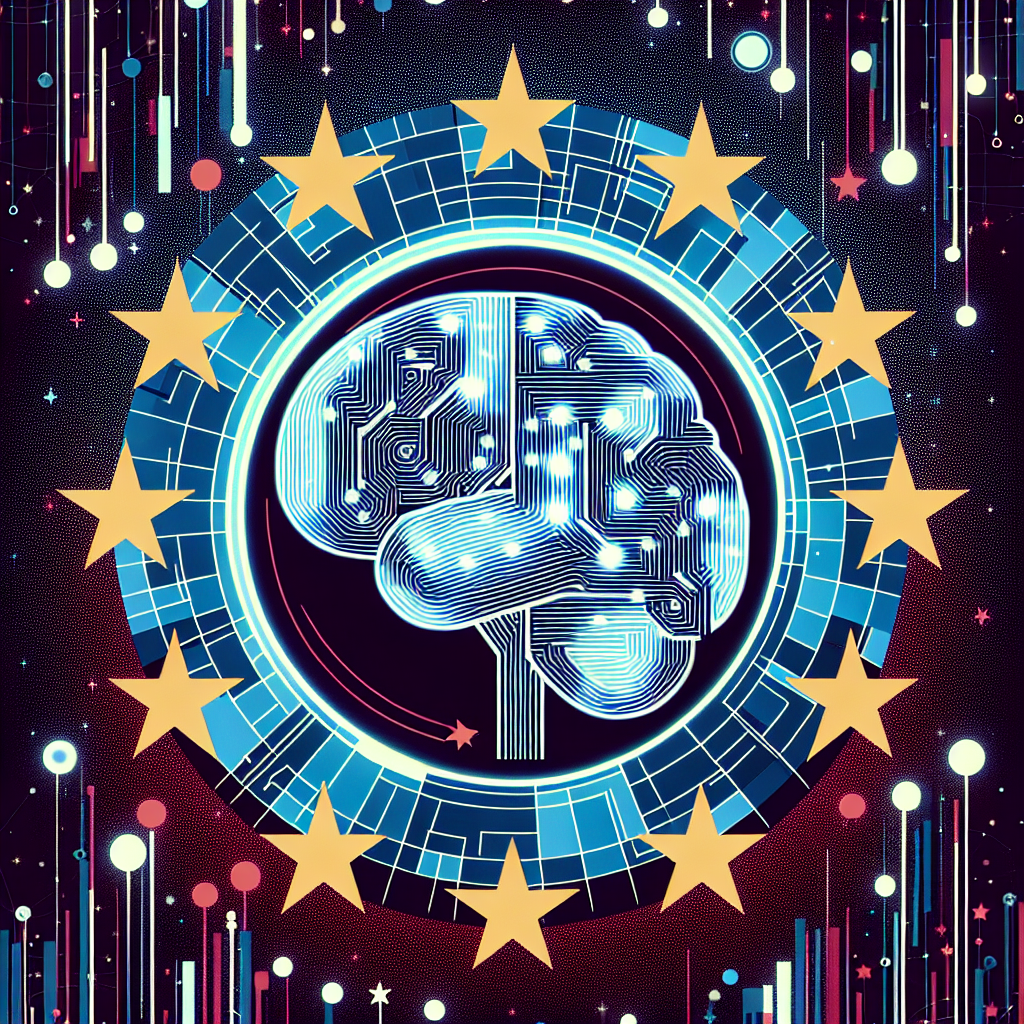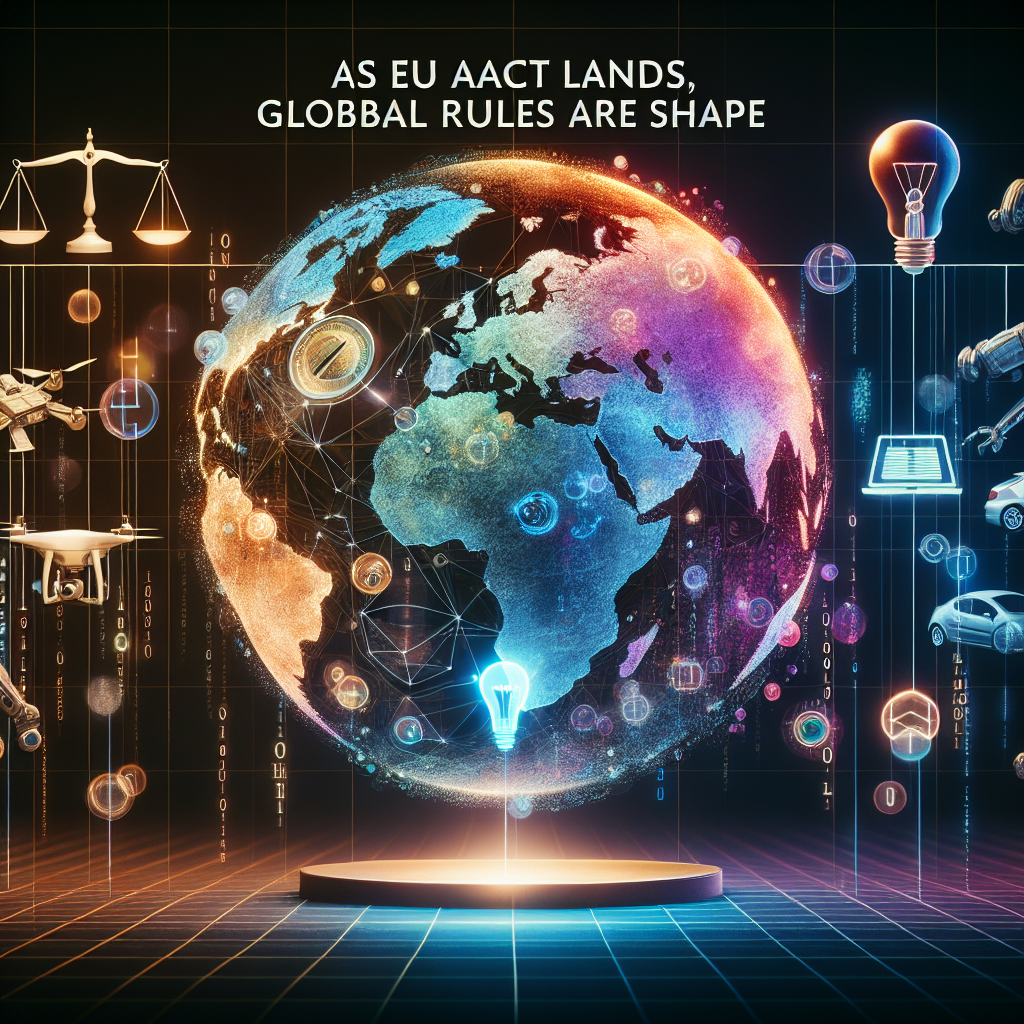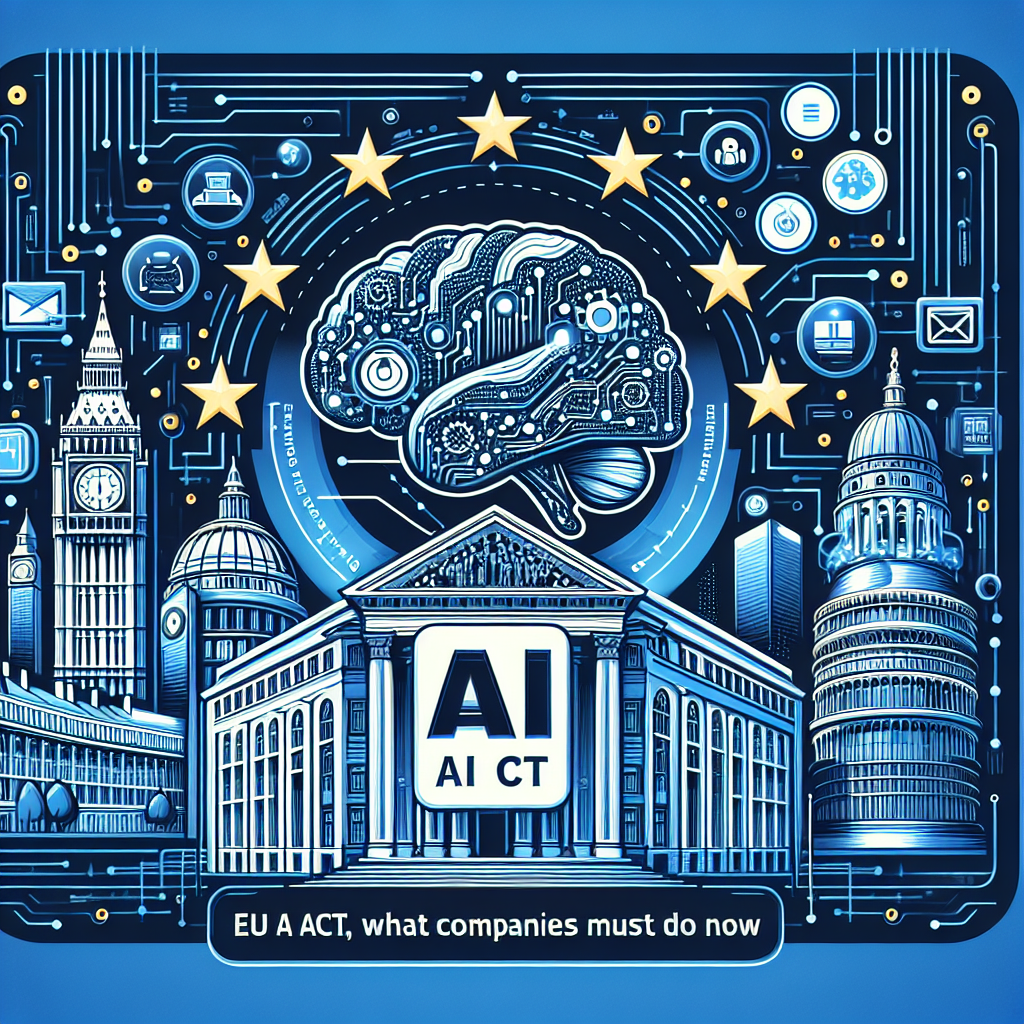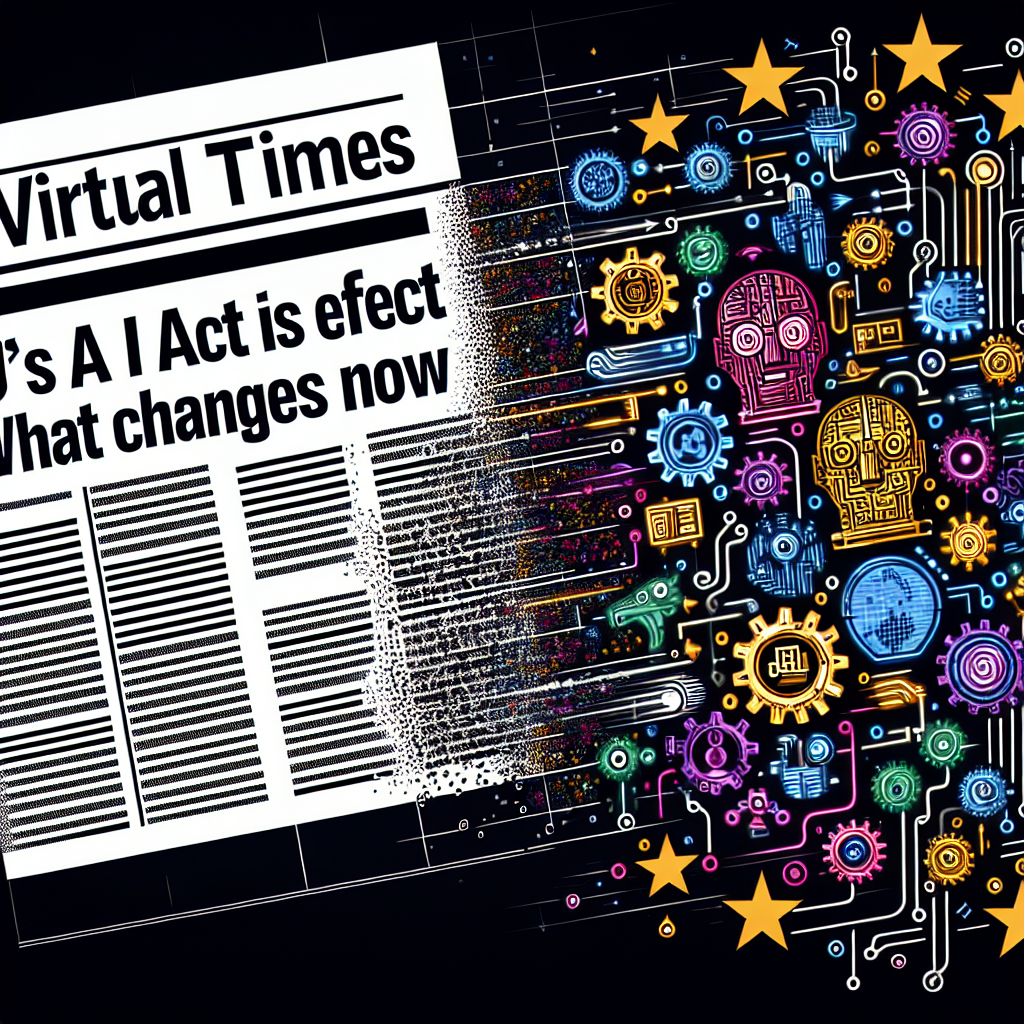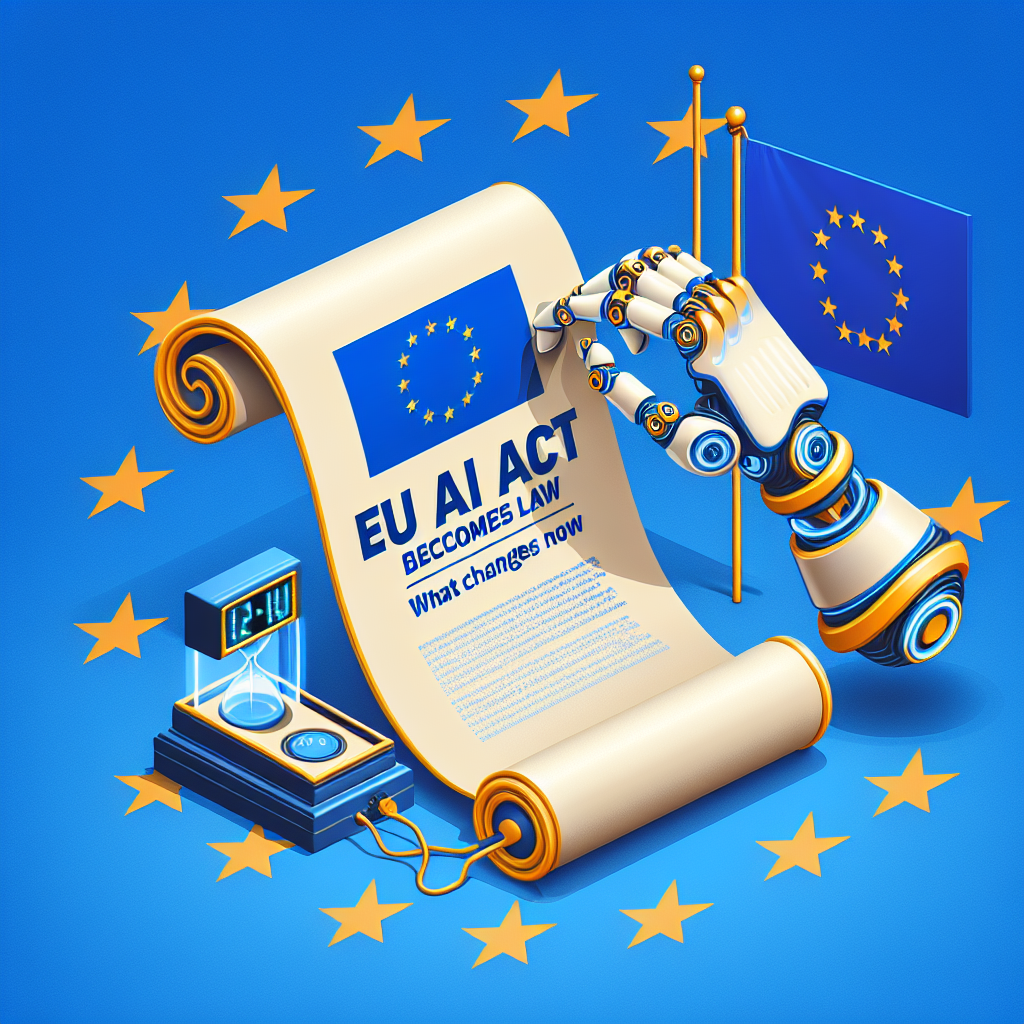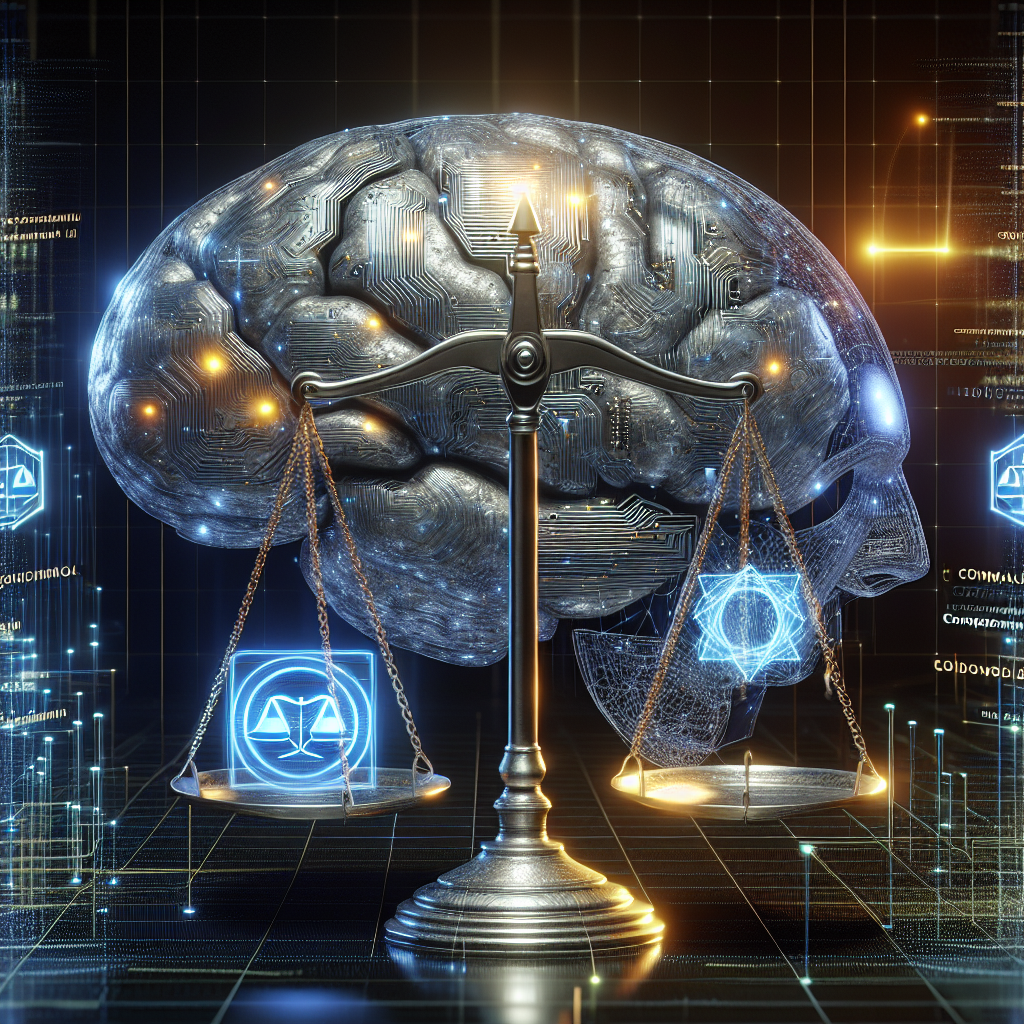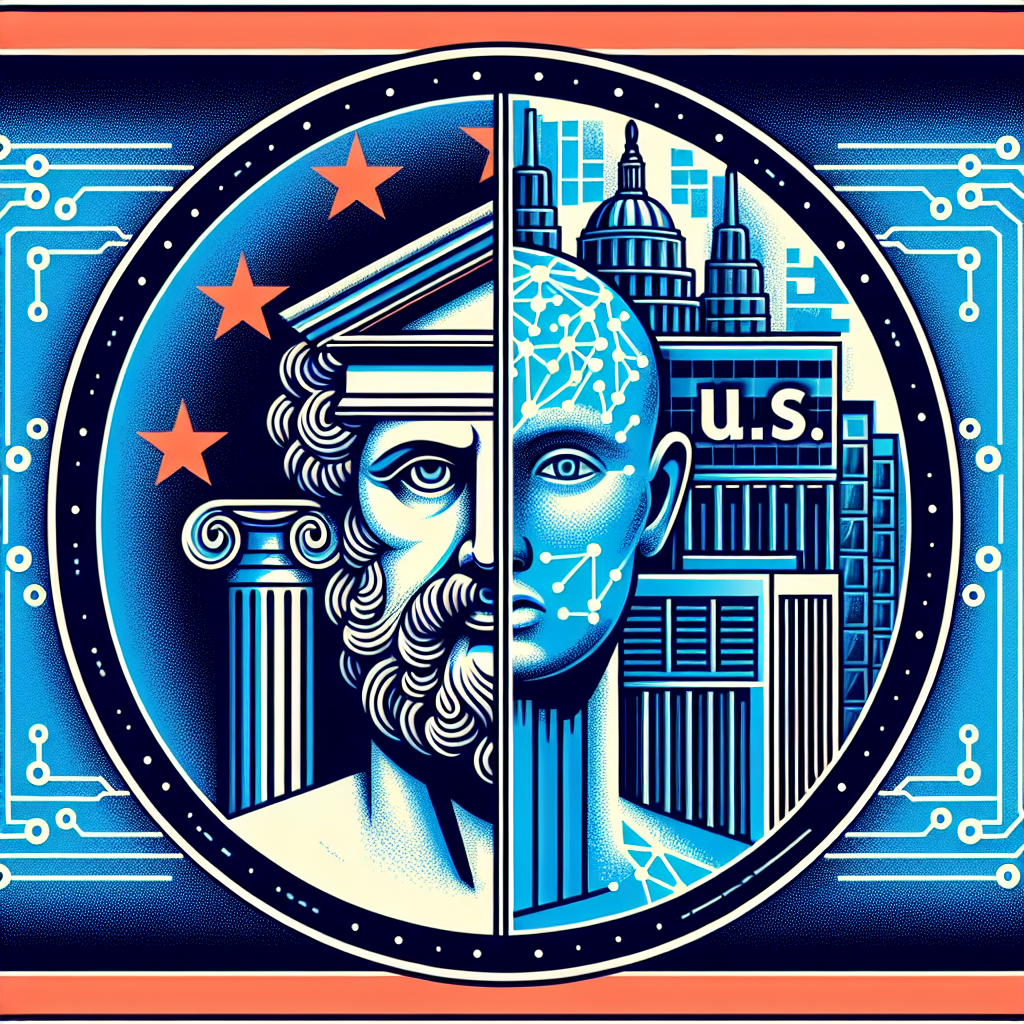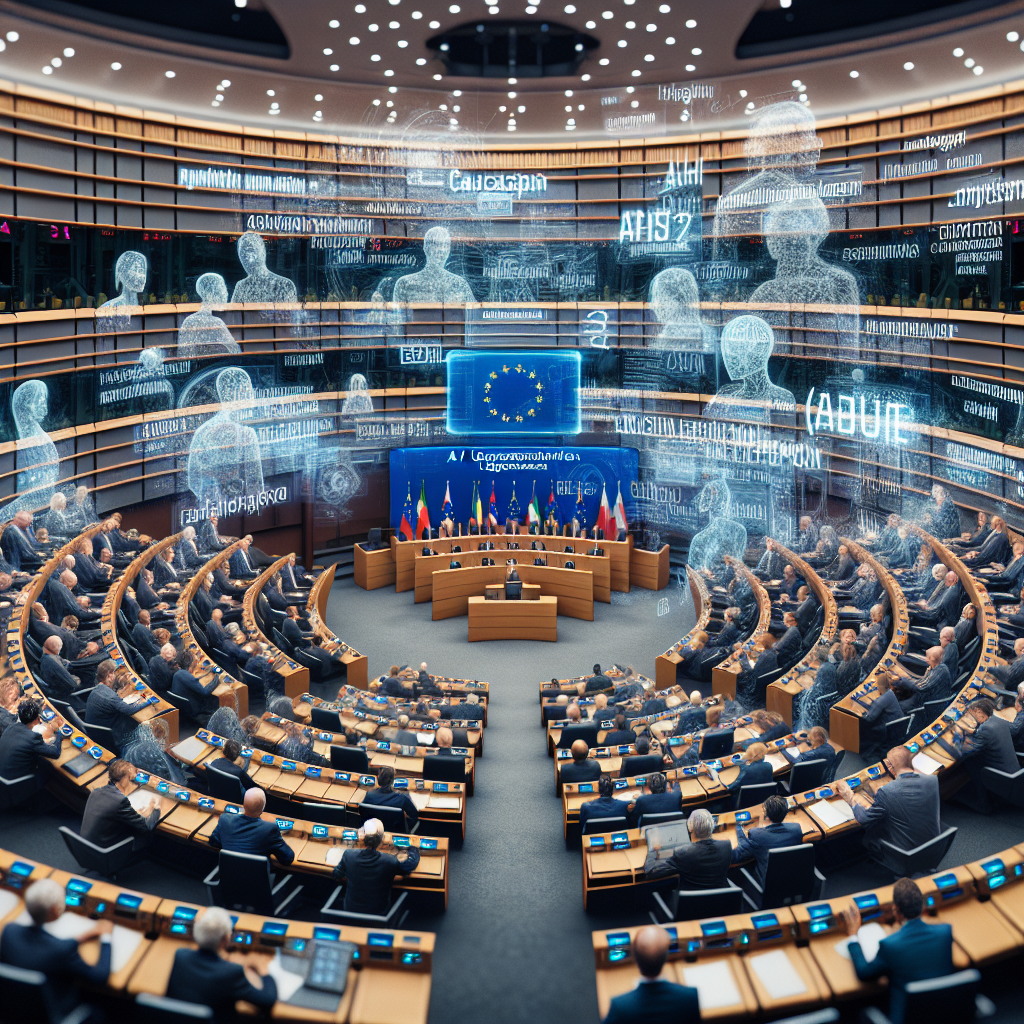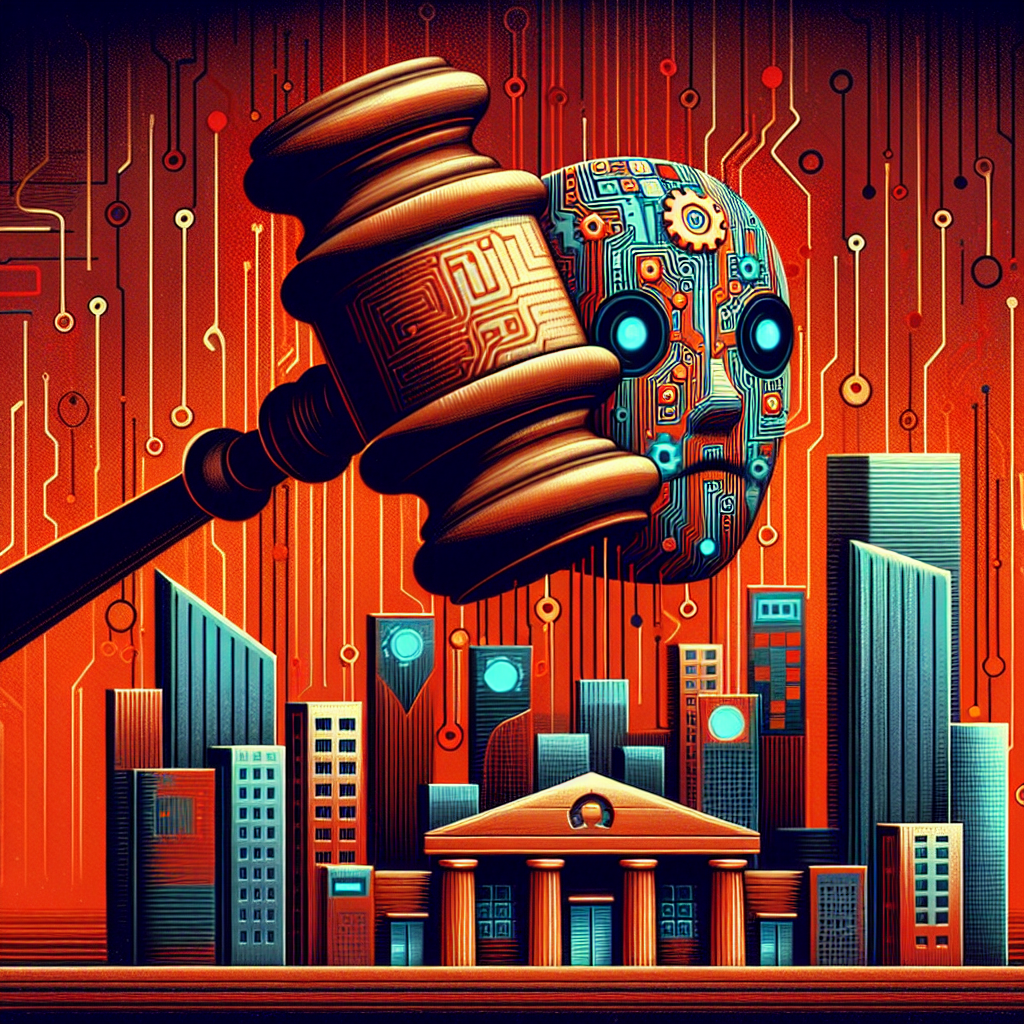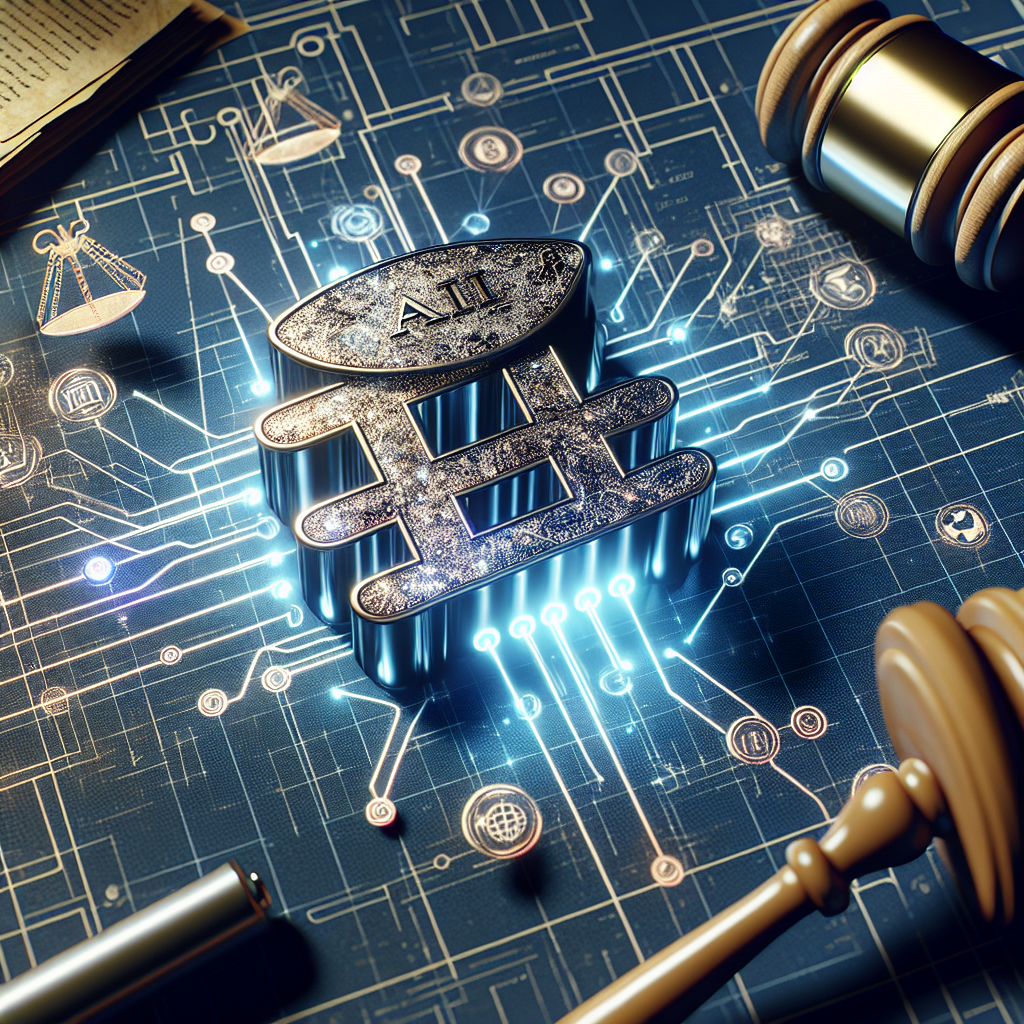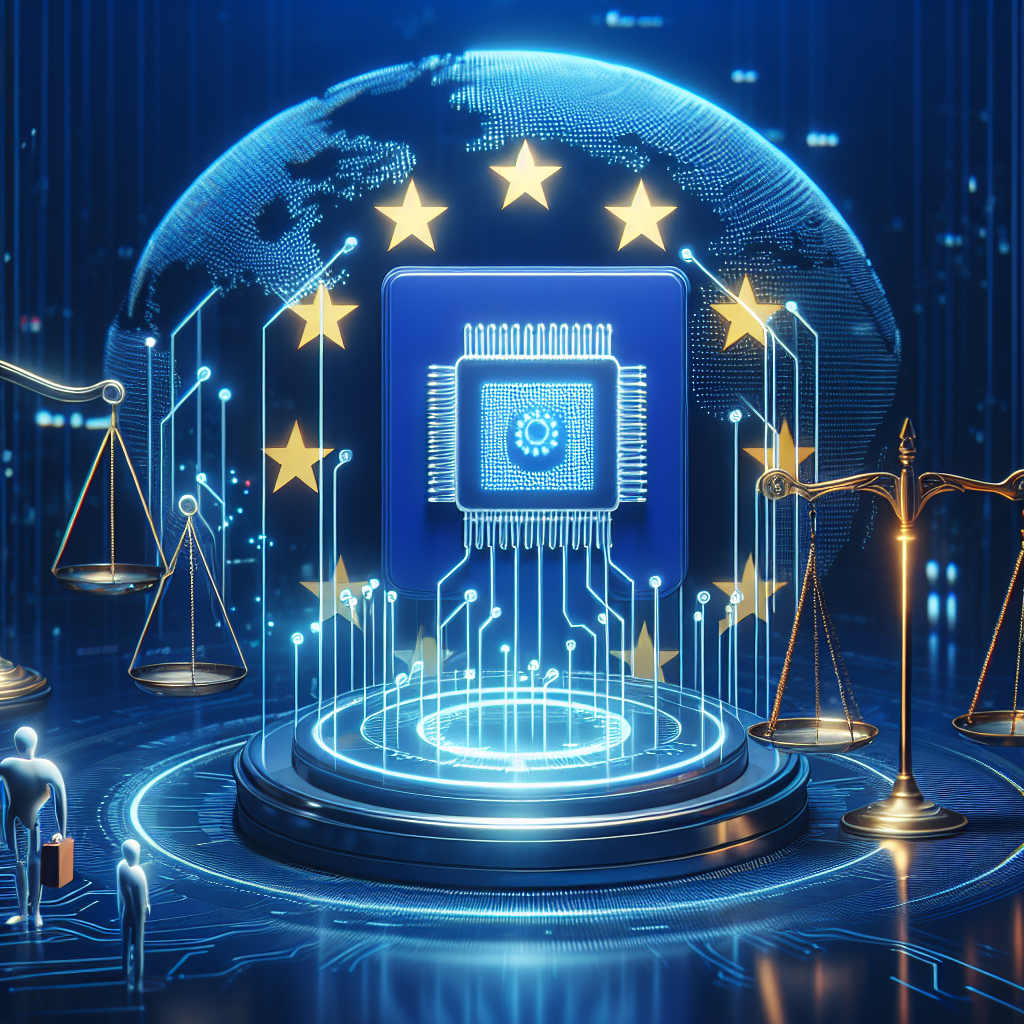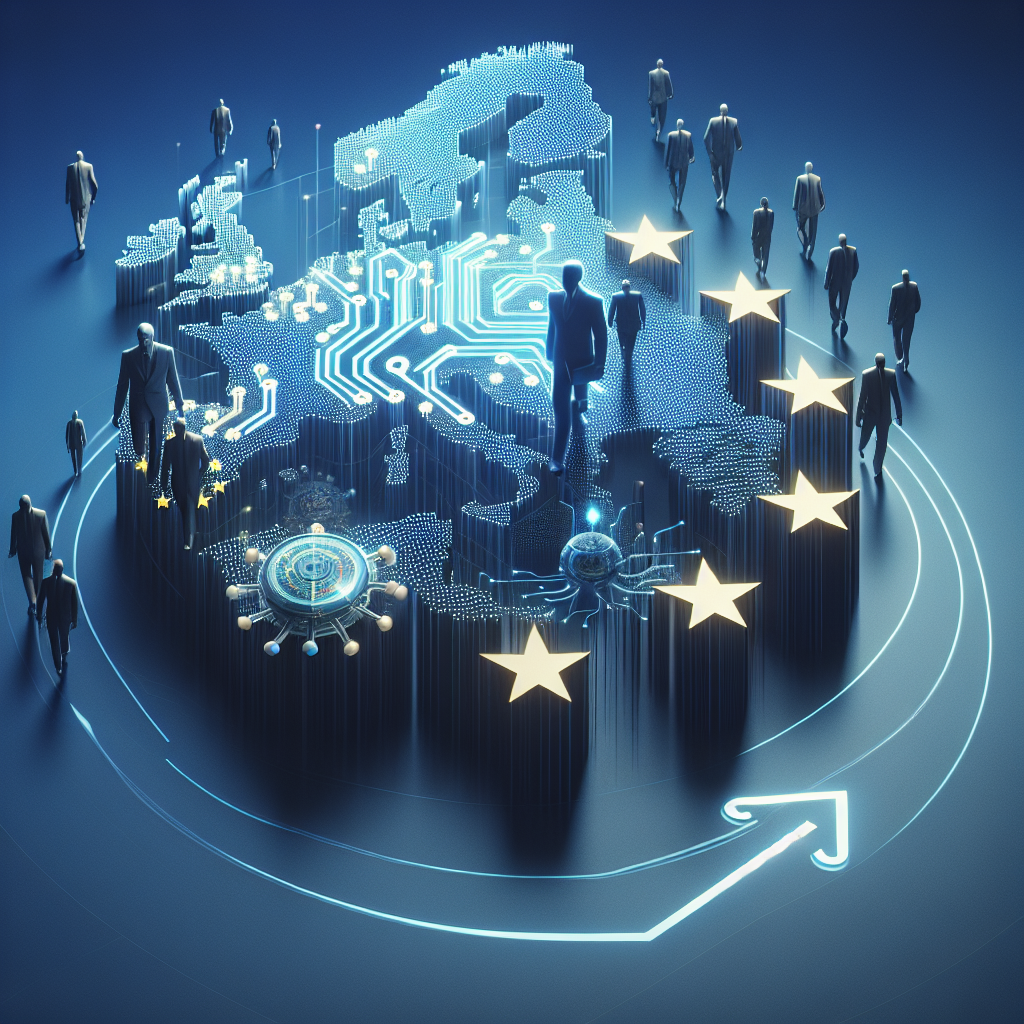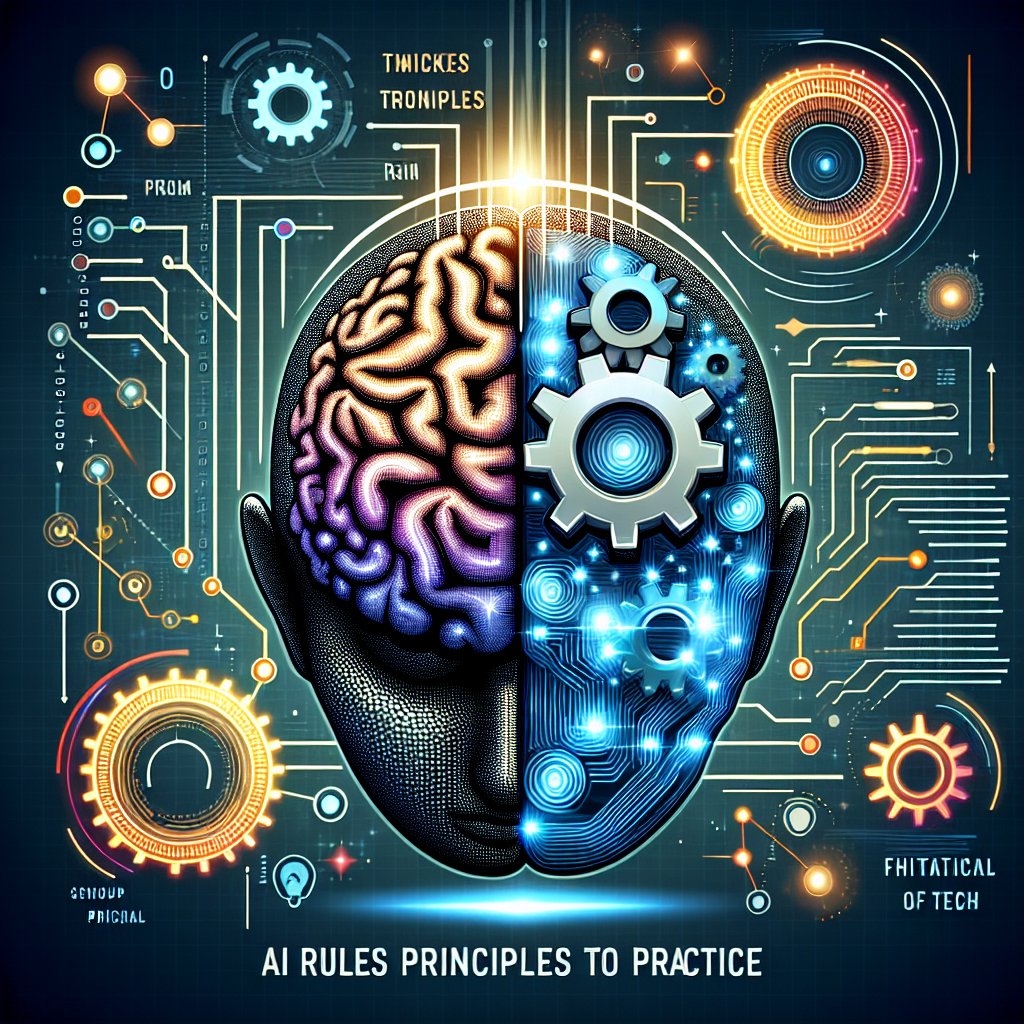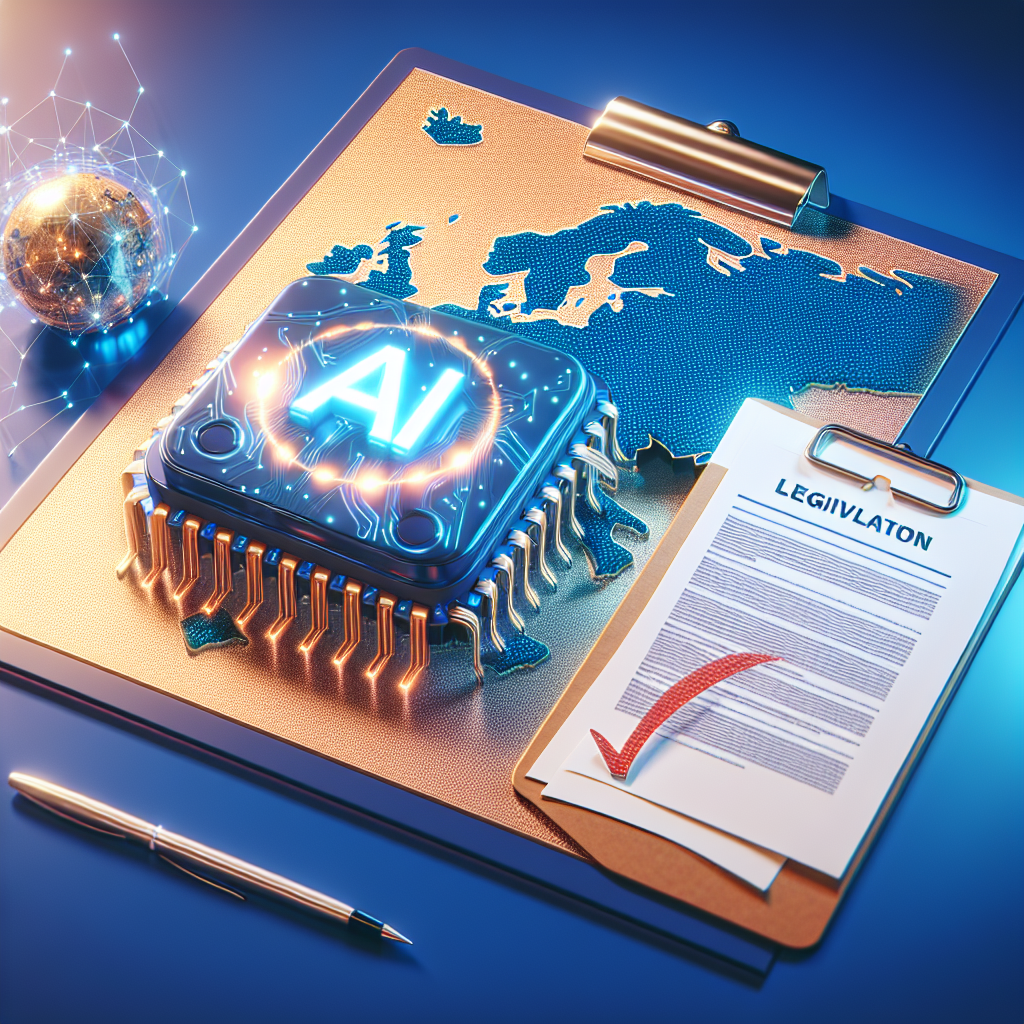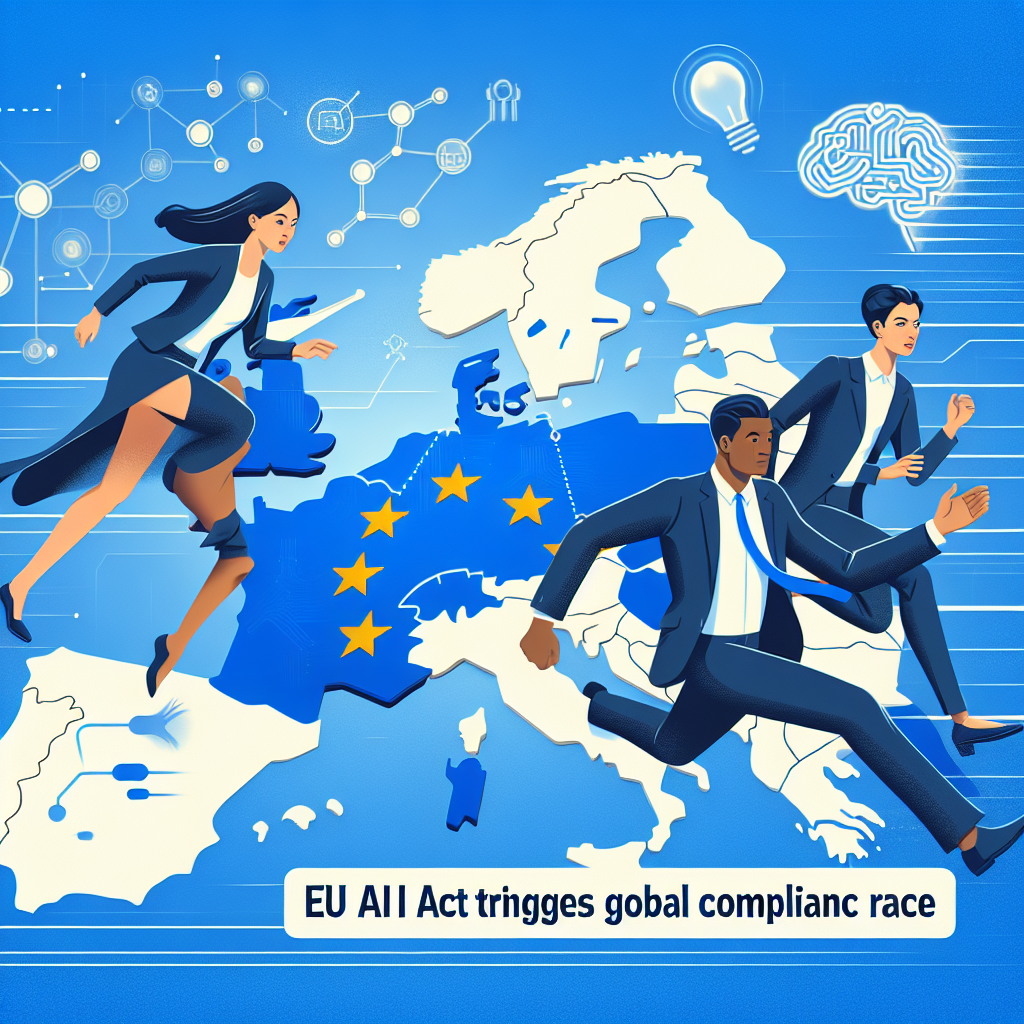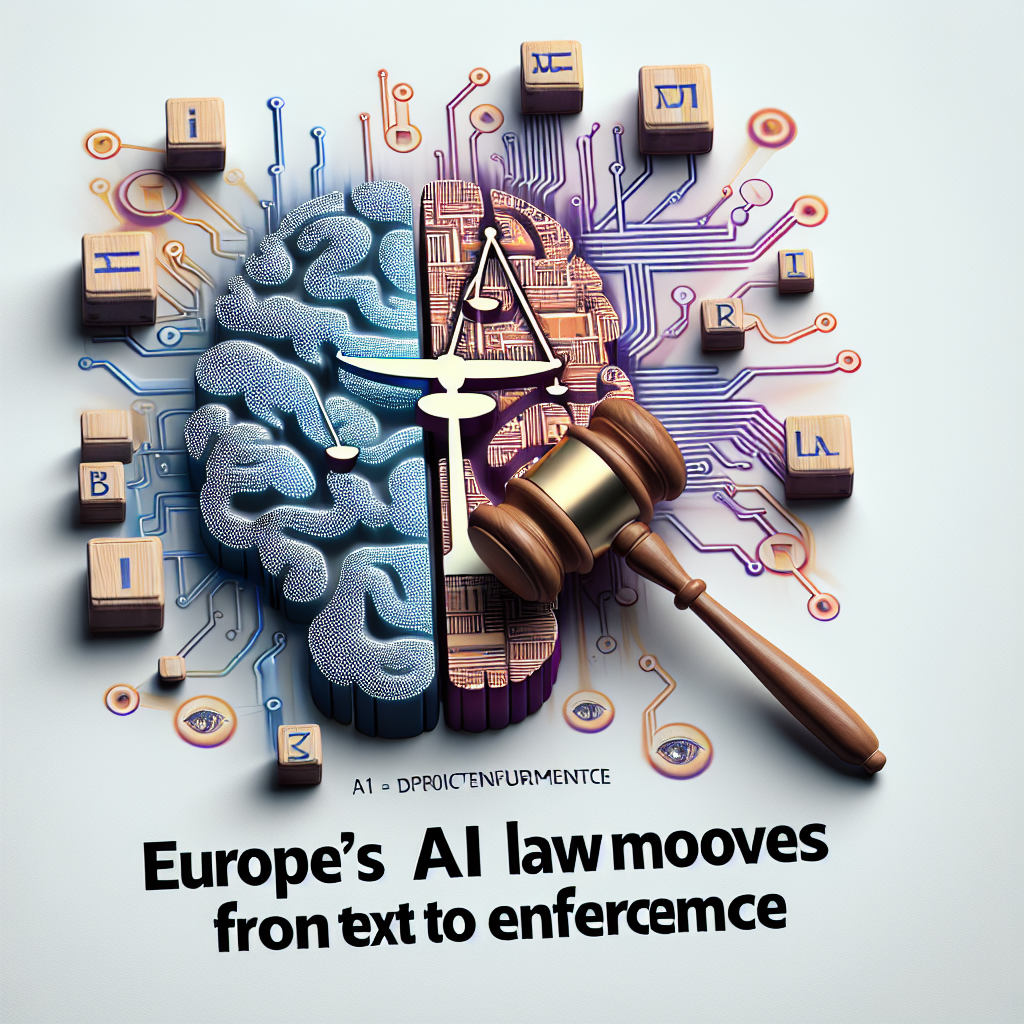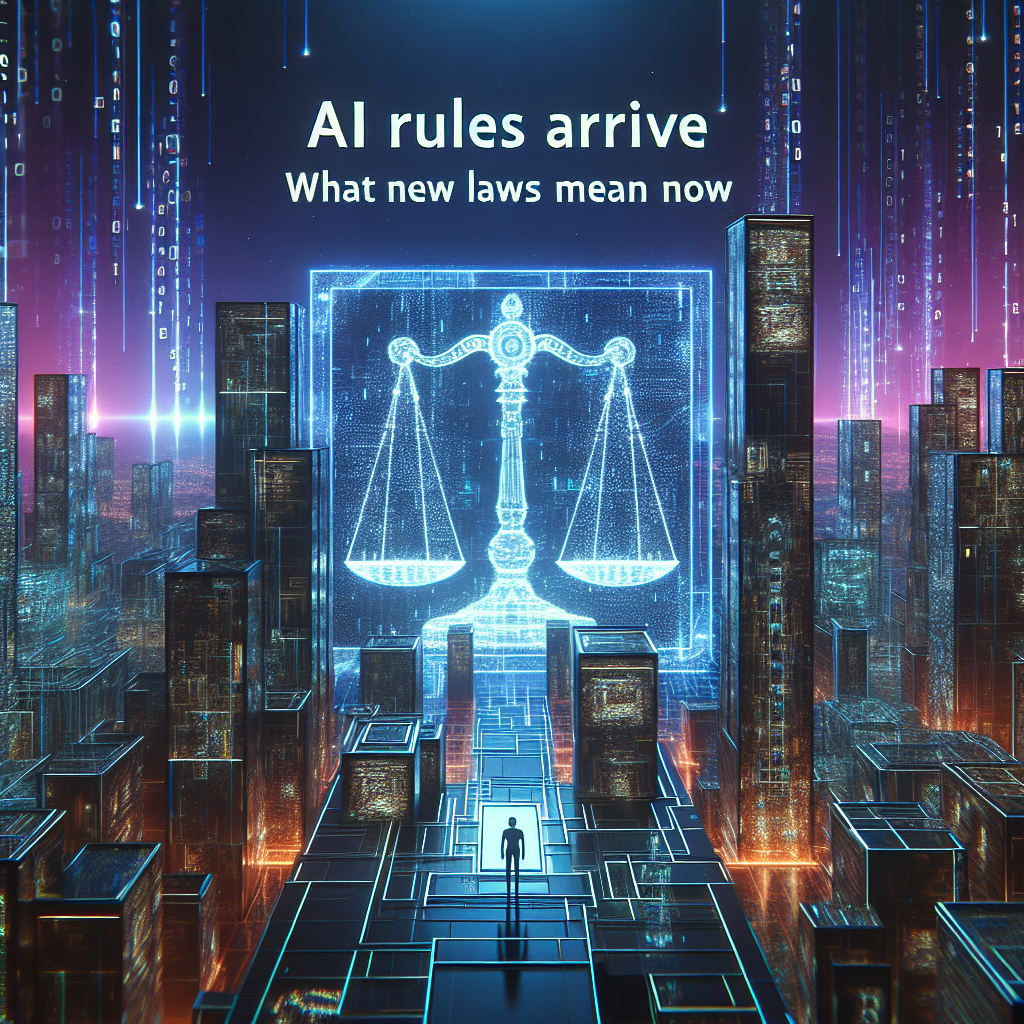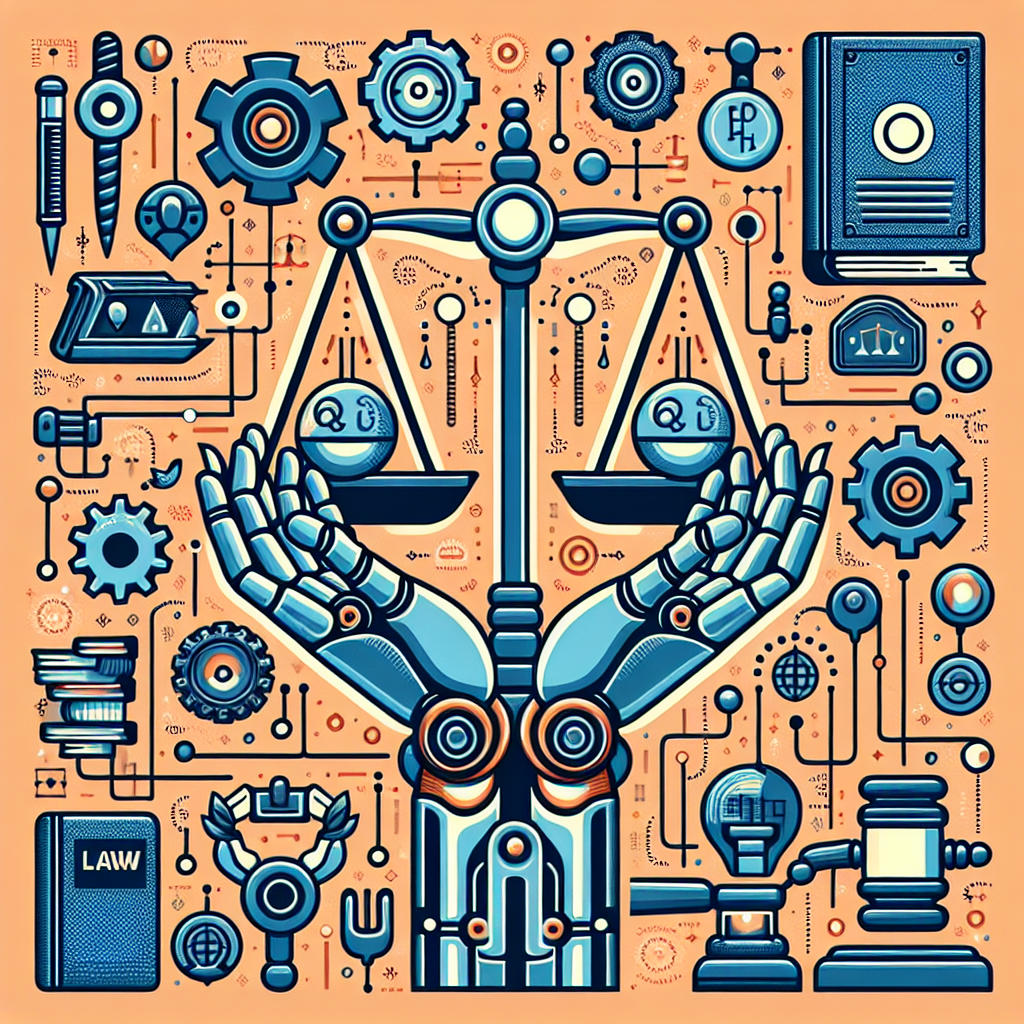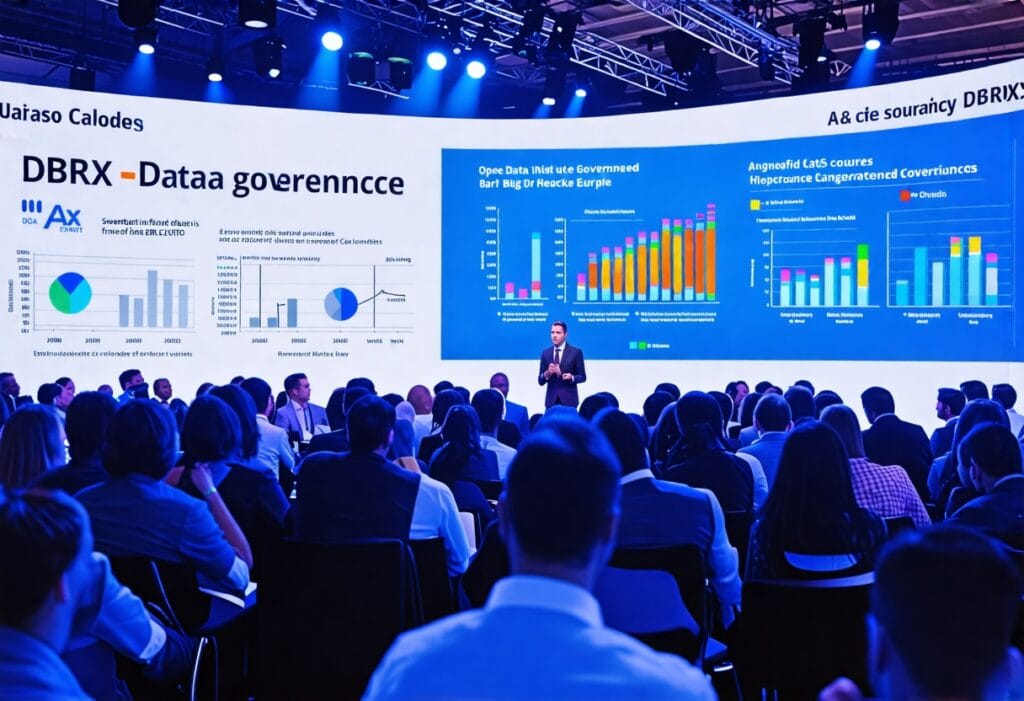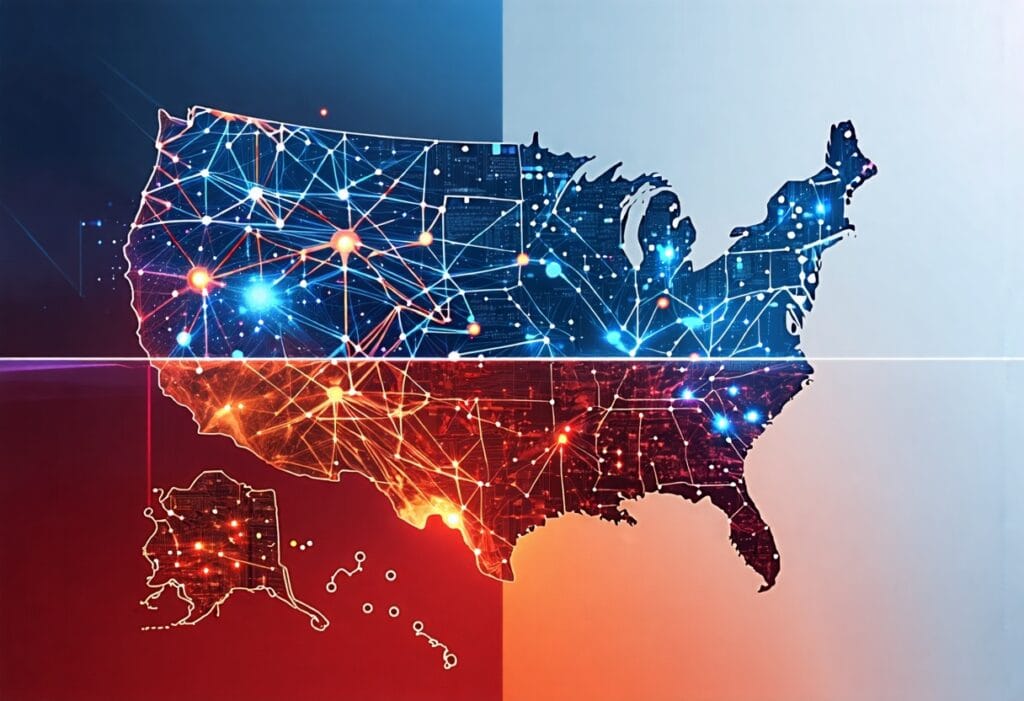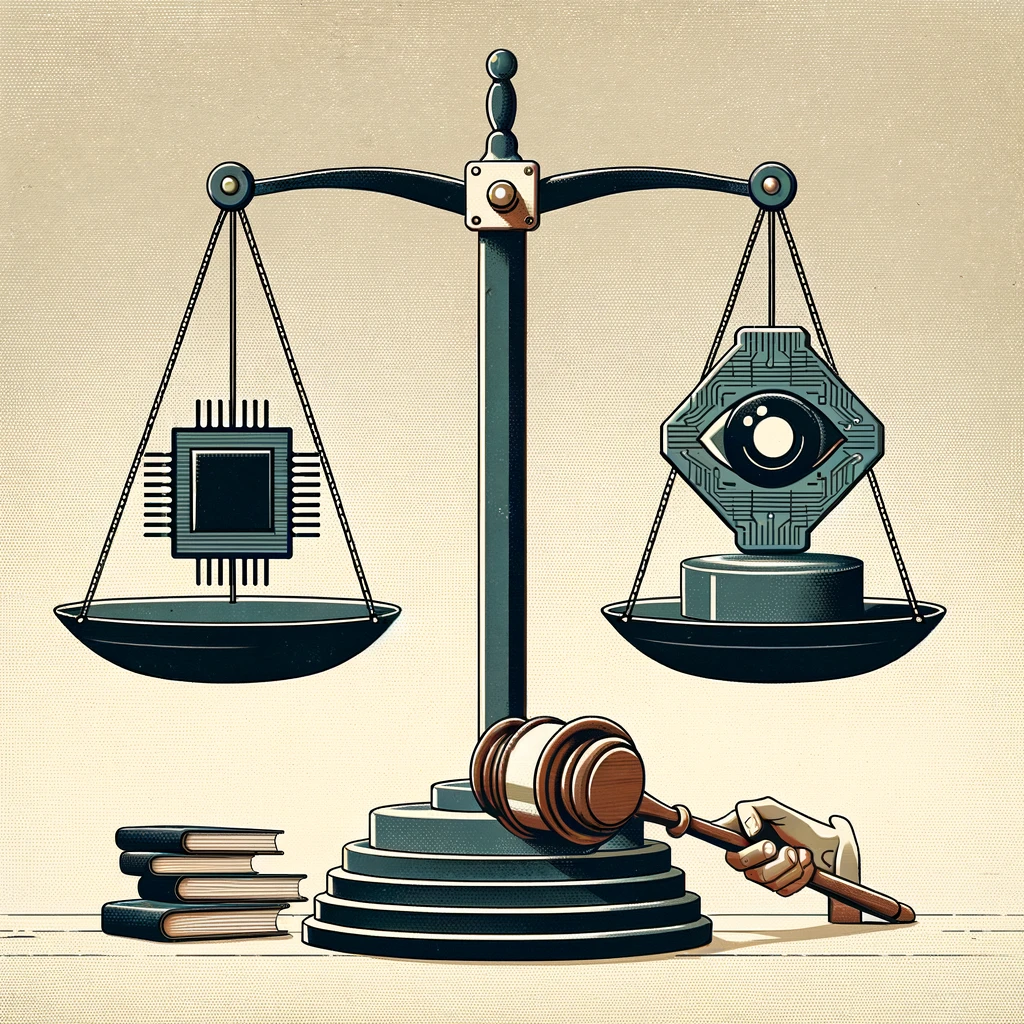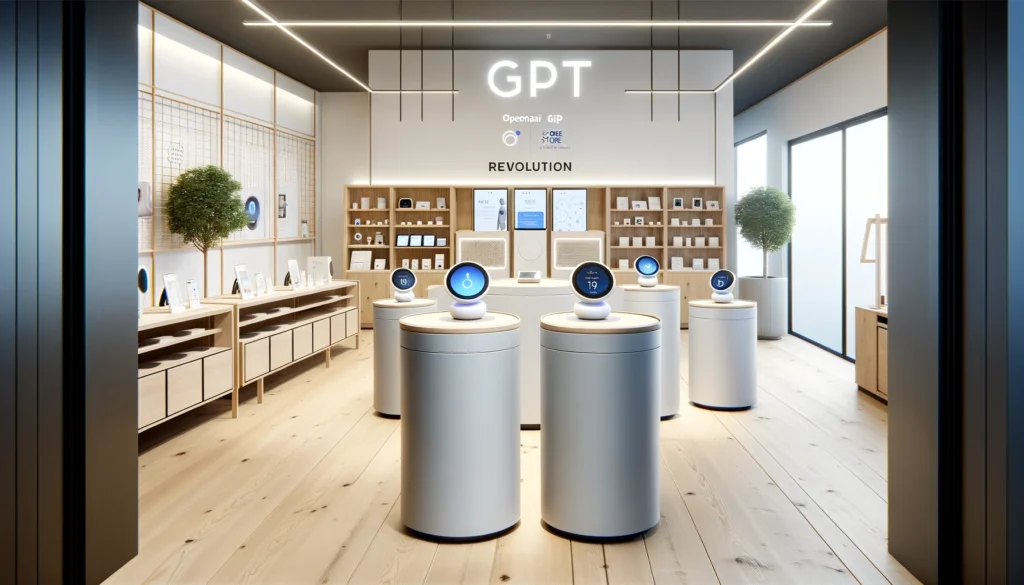EU AI Act: A New Rulebook for Algorithms
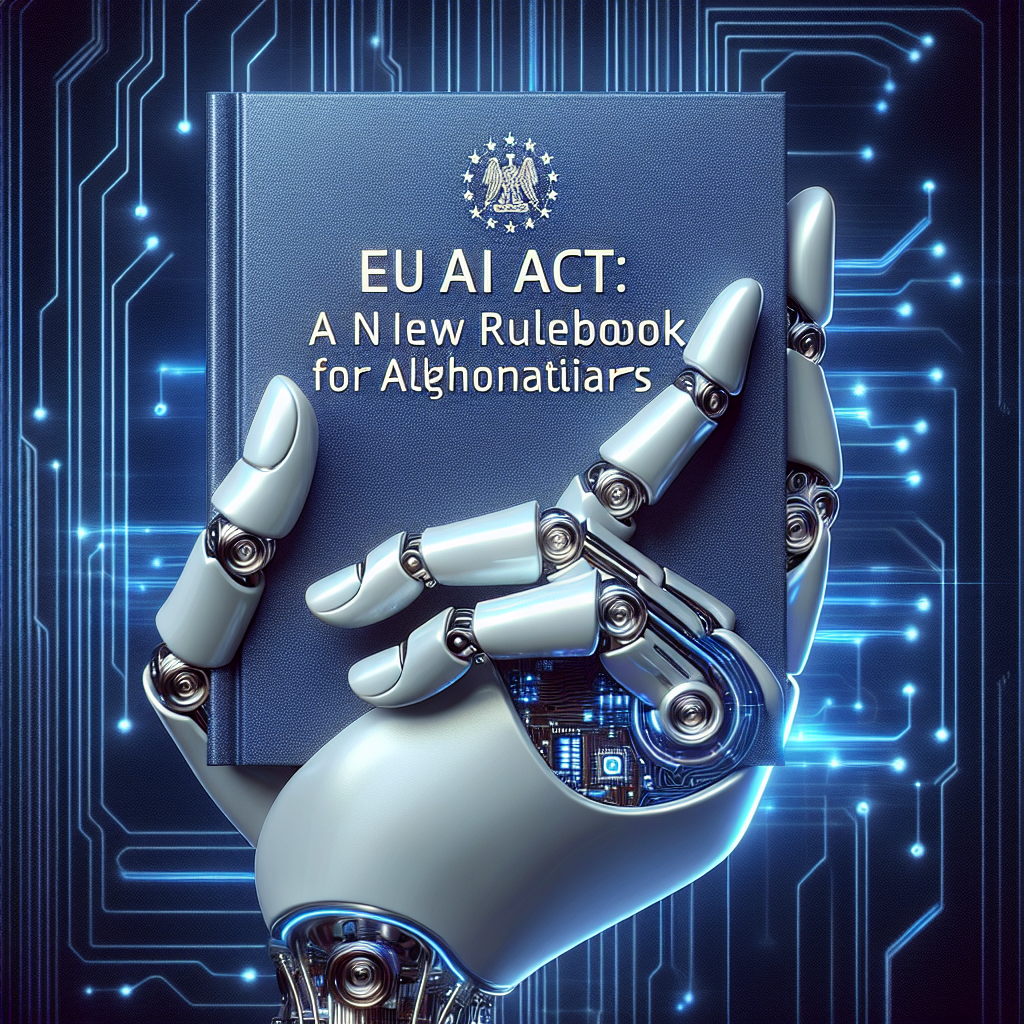
Europe finalizes sweeping AI law
Europe has moved first with a broad legal framework for artificial intelligence. The European Union’s Artificial Intelligence Act — billed by Brussels as “a global first” — was formally approved in 2024 and began taking effect later that year. It sets detailed obligations on how AI is built, sold, and used across the 27‑nation bloc. Companies that operate in Europe or place AI systems on the EU market will have to comply, regardless of where they are based.
Supporters say the law provides clarity after years of rapid advances in generative models. Critics warn it could slow innovation and be difficult to enforce. What the law does, and how it is applied, will shape the next phase of AI development worldwide.
What the law does
The AI Act uses a risk-based approach. It classifies AI systems by the risk they pose to safety and fundamental rights.
- Unacceptable risk: Banned outright. This includes government “social scoring” and certain kinds of manipulative systems.
- High risk: Systems used in areas like critical infrastructure, medical devices, employment, education, migration, and law enforcement. These face strict requirements.
- Limited risk: Transparency duties apply. For instance, tools that create deepfakes must disclose that content is AI‑generated.
- Minimal risk: Most AI applications, such as spam filters or game AI, face few additional rules.
High‑risk systems must meet a set of safeguards before and after they reach the market. These include:
- Risk management and testing to identify foreseeable harms.
- Data governance to ensure training data is relevant, representative where appropriate, and traceable.
- Human oversight so people can intervene when systems err.
- Technical documentation and logging for accountability.
- Accuracy, robustness, and cybersecurity standards proportionate to risk.
New duties for general‑purpose and foundation models
The law also addresses general‑purpose AI (GPAI), including large foundation models that can be adapted for many tasks. Providers must supply technical documentation, comply with EU copyright rules, and publish information about the data used to train their models in a way that allows rights holders to exercise their rights.
For the most capable models that could pose systemic risks, the law adds further obligations. These include wider safety evaluations, reporting of serious incidents, stronger cybersecurity, and measures to guard against misuse. The European Commission plans to coordinate this oversight through a new AI Office, working with national regulators.
Timelines and enforcement
The rules do not land all at once. The EU has staged compliance to give industry time to adjust. Bans on certain practices apply first. Transparency duties and governance rules for general‑purpose models follow. Many high‑risk obligations come into force over a longer window, generally two to three years after entry into force.
Enforcement will be shared. National authorities will supervise most systems. The European Commission’s AI Office will focus on GPAI and cross‑border issues. Penalties can be significant, with fines calibrated to global turnover. The highest tier applies to banned practices and can reach several percent of a company’s worldwide revenue. The law also contains measures to support startups and SMEs, including regulatory sandboxes and guidance.
Why it matters globally
Because the EU is a large market, its rules often become a template beyond its borders. Many firms prefer one compliance program for all customers rather than different versions for different regions. That gives the AI Act potential influence far outside Europe, much like previous EU privacy and digital market rules.
The EU move lands amid a broader policy push. The United States issued an executive order in 2023 that directs federal agencies to advance safety testing, promote transparency, and use the NIST AI Risk Management Framework, which centers on four functions: “Govern, Map, Measure, and Manage.” The United Kingdom has taken a more flexible, sector‑led approach and launched an AI Safety Institute. G7 countries agreed on the Hiroshima process to develop international codes of conduct for advanced models. Together, these efforts show a crowded and evolving regulatory map.
Supporters and critics
EU officials say the Act balances innovation with rights. The Commission has described it as “a global first” that protects people while giving businesses legal certainty. Consumer and civil liberties groups welcomed bans on social scoring and some biometric uses, but several groups argue the law leaves gaps around surveillance and real‑time biometric identification exceptions.
Industry’s view is mixed. Larger providers say clear rules can ease market adoption but seek workable technical standards. Startups fear compliance costs and liability if they integrate high‑risk components. Open‑source developers warn that broad duties could burden research and non‑commercial projects. Lawmakers responded with carve‑outs for free and open‑source components unless they are used in high‑risk contexts or qualify as general‑purpose models subject to transparency rules.
The debate is not limited to Europe. In testimony to the U.S. Senate in 2023, OpenAI chief executive Sam Altman said, “We think that regulatory intervention by governments will be critical to mitigate the risks of increasingly powerful models.” That view reflects a growing consensus that some guardrails are needed, even as experts differ on how strict they should be.
Business impact: What companies should do now
- Inventory AI systems: Map where AI is used in products and operations. Identify links to EU users or markets.
- Classify by risk: Determine whether any system falls into high‑risk use cases. Document reasoning.
- Strengthen governance: Establish policies for data quality, human oversight, incident reporting, and change control.
- Prepare documentation: Build technical files, testing records, and user instructions that match the law’s requirements.
- Coordinate with suppliers: Ensure upstream model providers can supply the evidence needed for your compliance.
- Watch the standards: Follow upcoming European harmonized standards and guidance from the AI Office. Align early to reduce later rework.
- Pilot in sandboxes: Use national regulatory sandboxes to test high‑risk use cases with regulator feedback.
What happens next
The EU will now translate the law’s broad requirements into detailed technical standards. Those standards will guide testing, documentation, and audit practices. Regulators will expand capacity to supervise advanced models. Providers will publish more information about training data, safety testing, and known limits.
Much will depend on how consistently the rules are enforced across member states and how the AI Office coordinates cases that cross borders. Courts will also shape the law by interpreting key terms like “high risk” and “systemic risk.” If the EU can pair predictable enforcement with practical guidance, the Act could become a stable reference point for global AI development. If not, companies may face a patchwork of overlapping obligations as other jurisdictions write their own rules.
Either way, the direction is clear: building and deploying AI in the EU now comes with a rulebook. For businesses and users, that means more transparency about how systems work — and more responsibility for those who build them.































